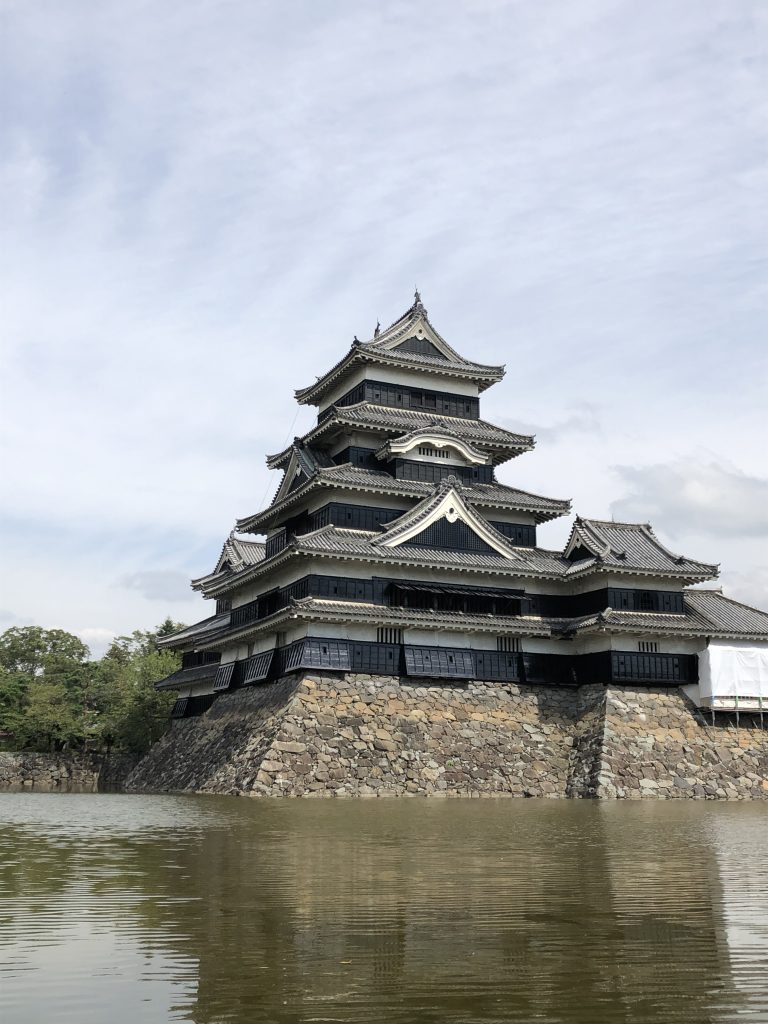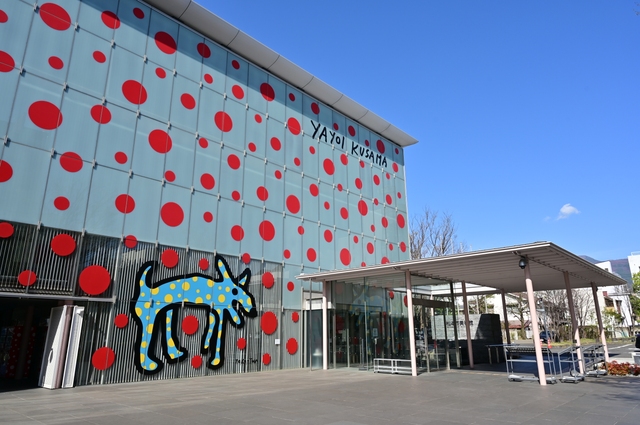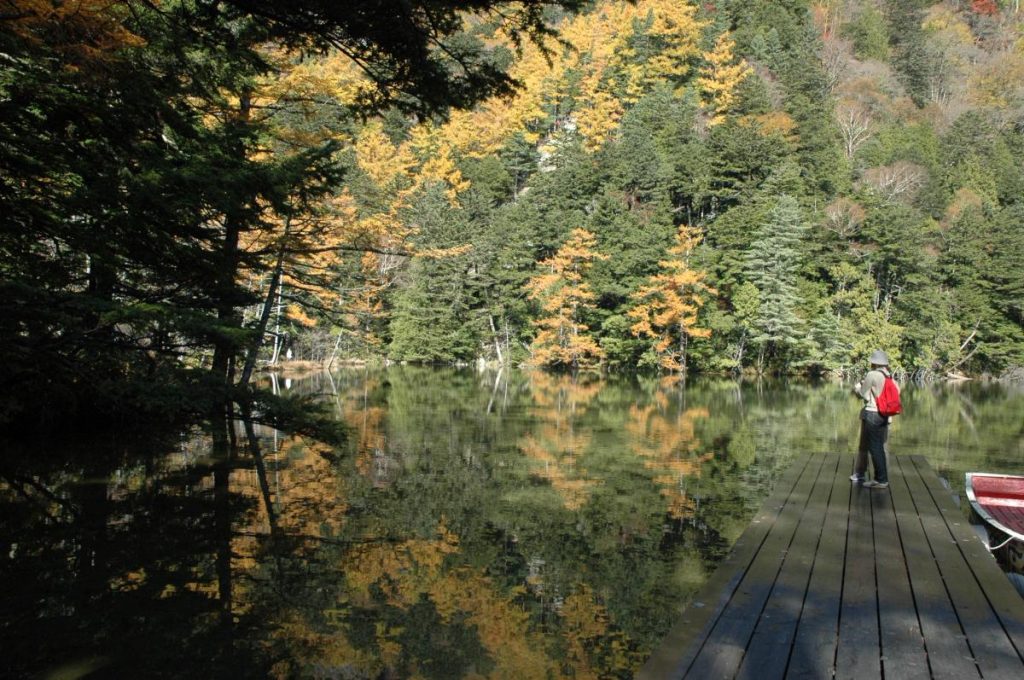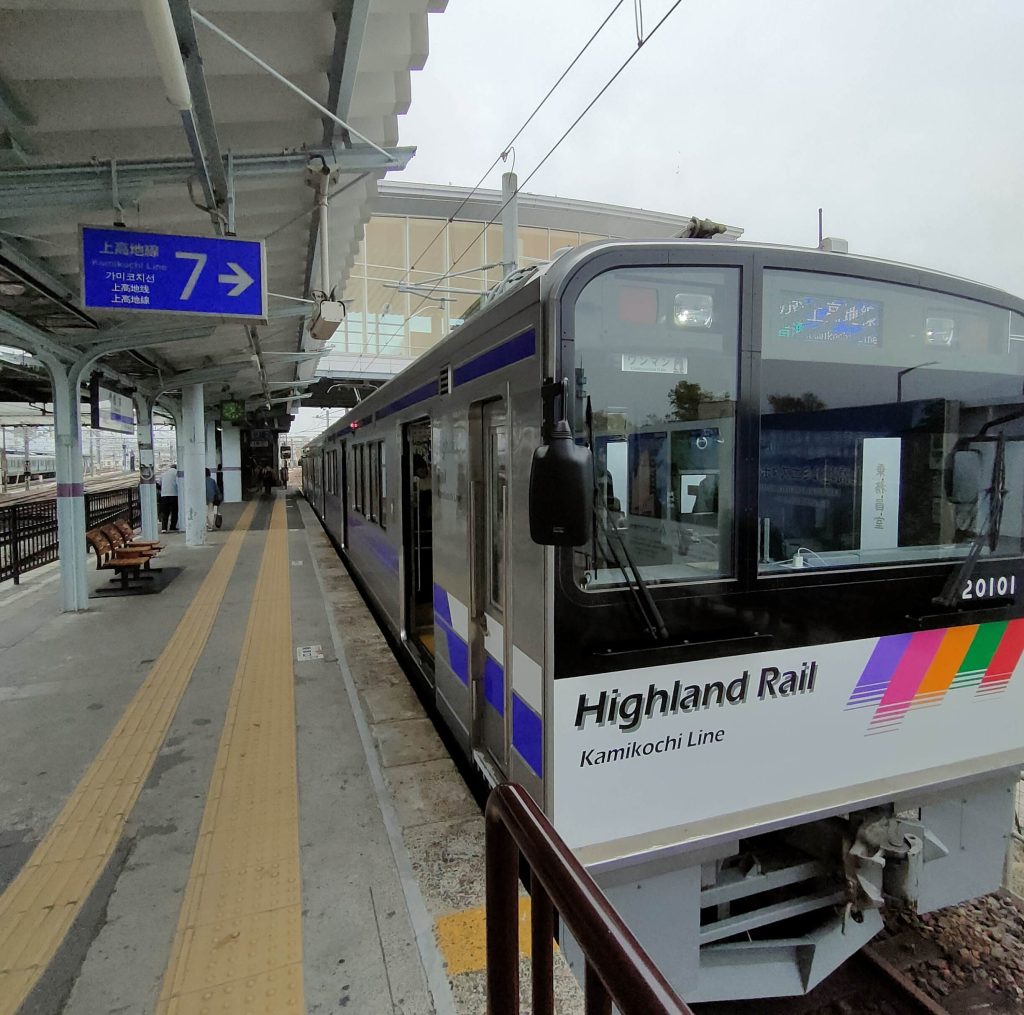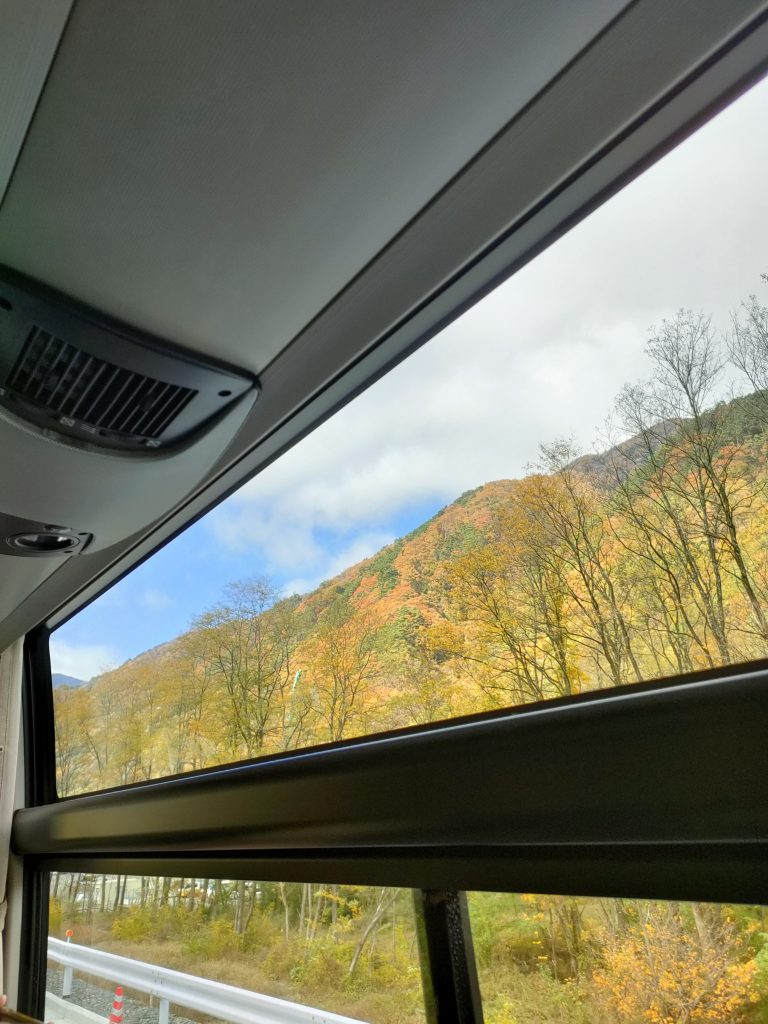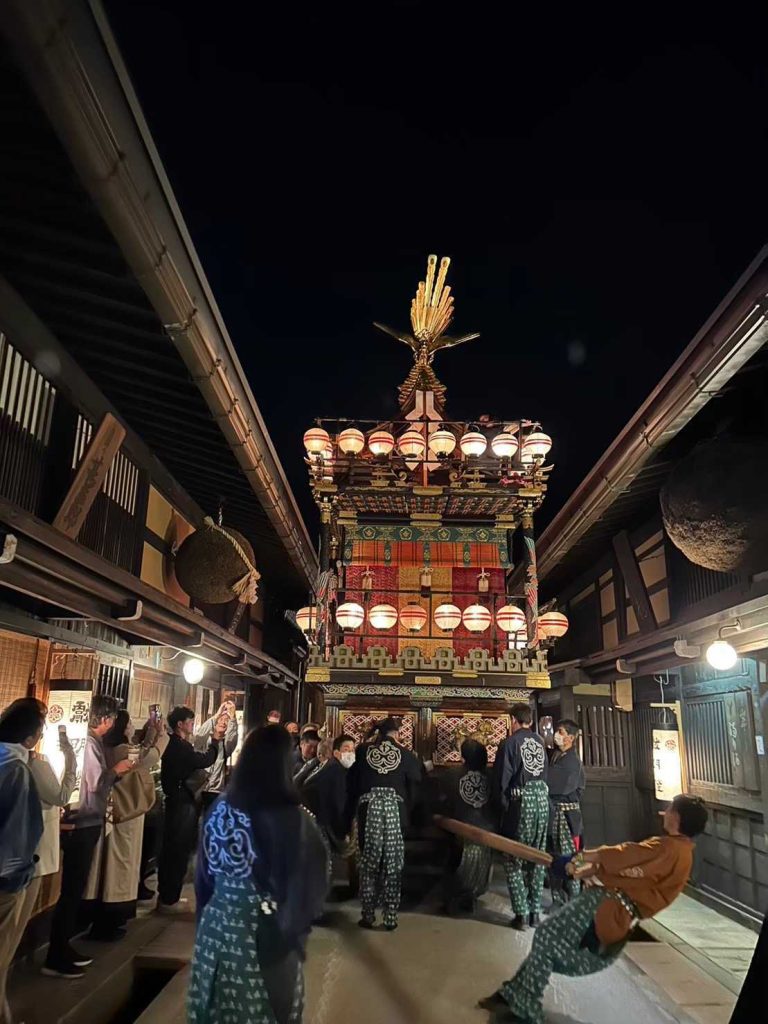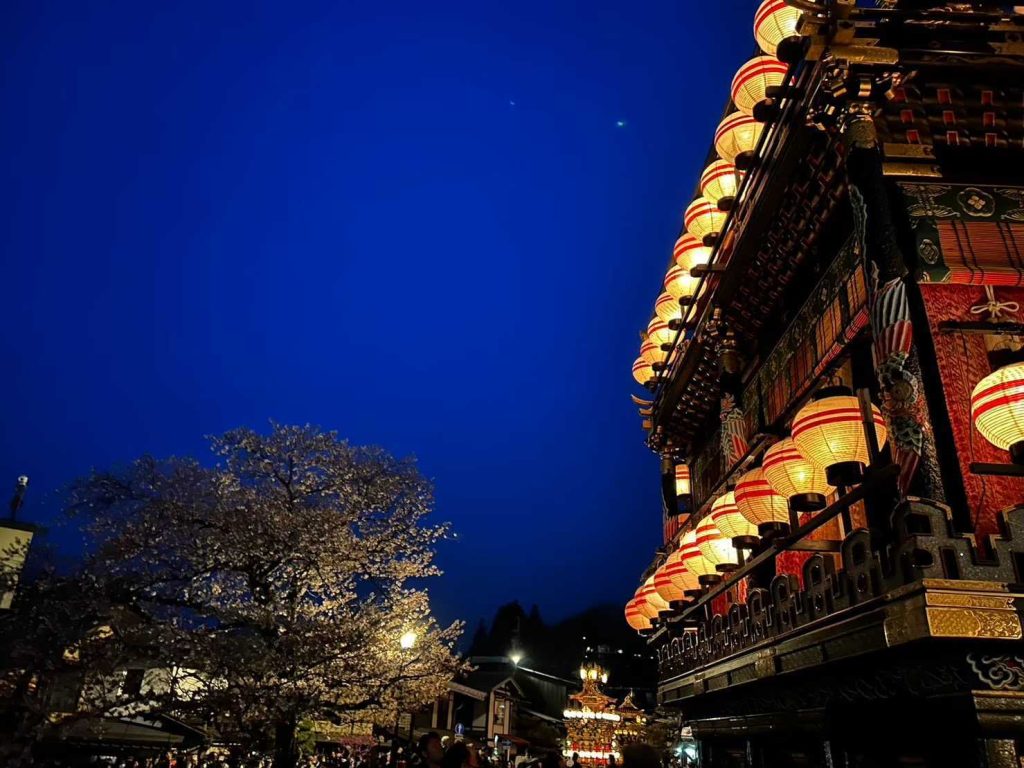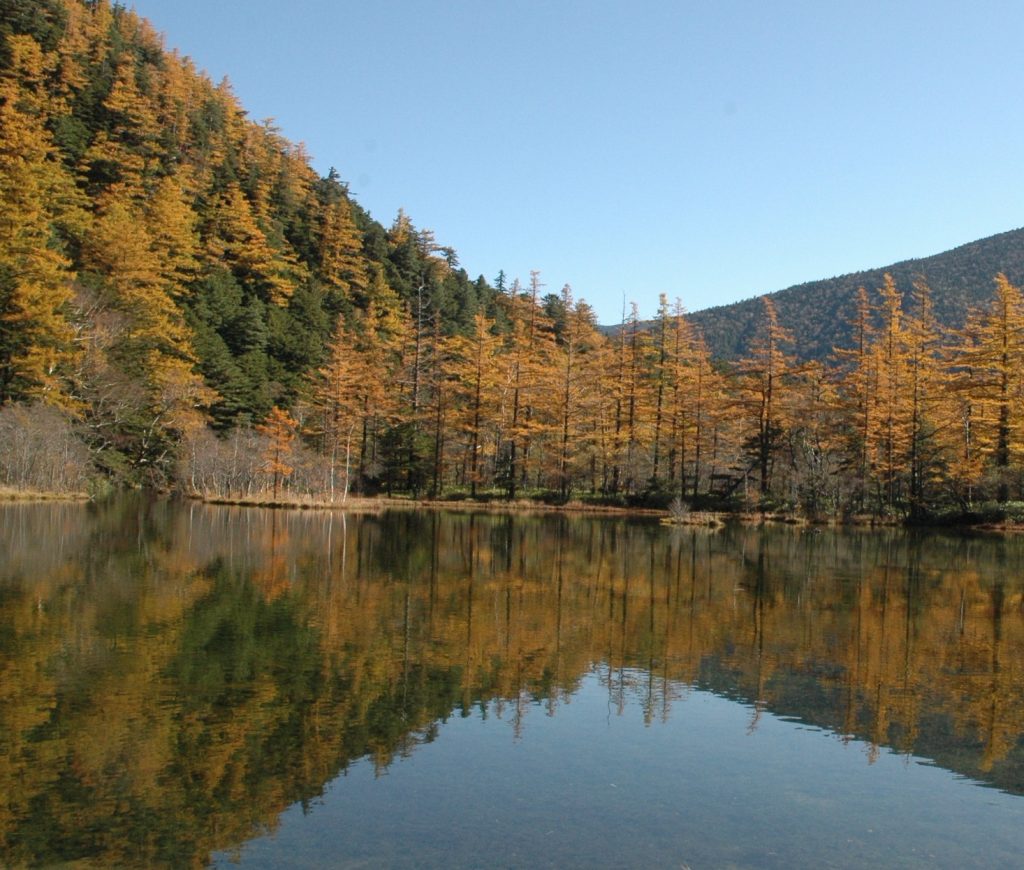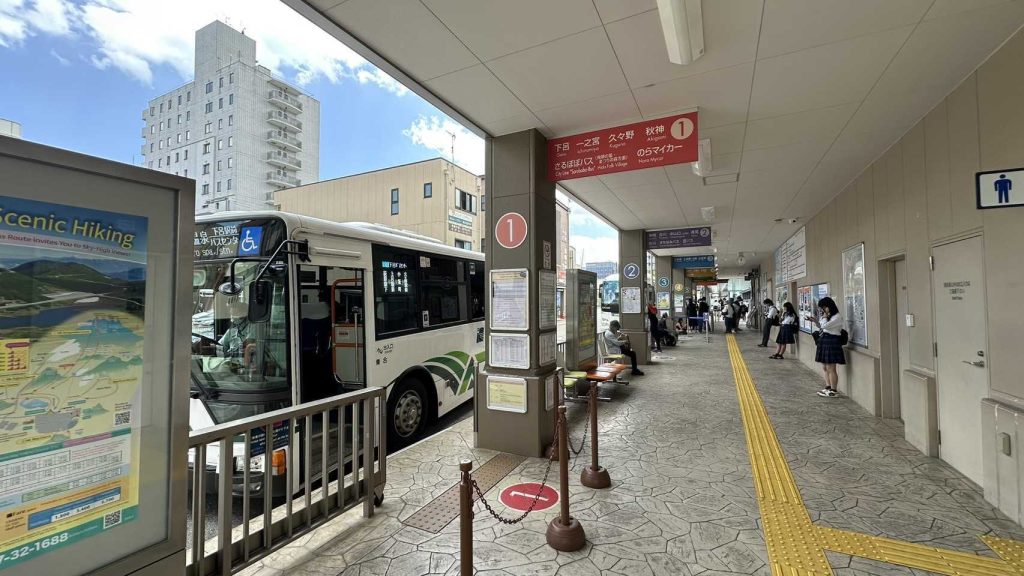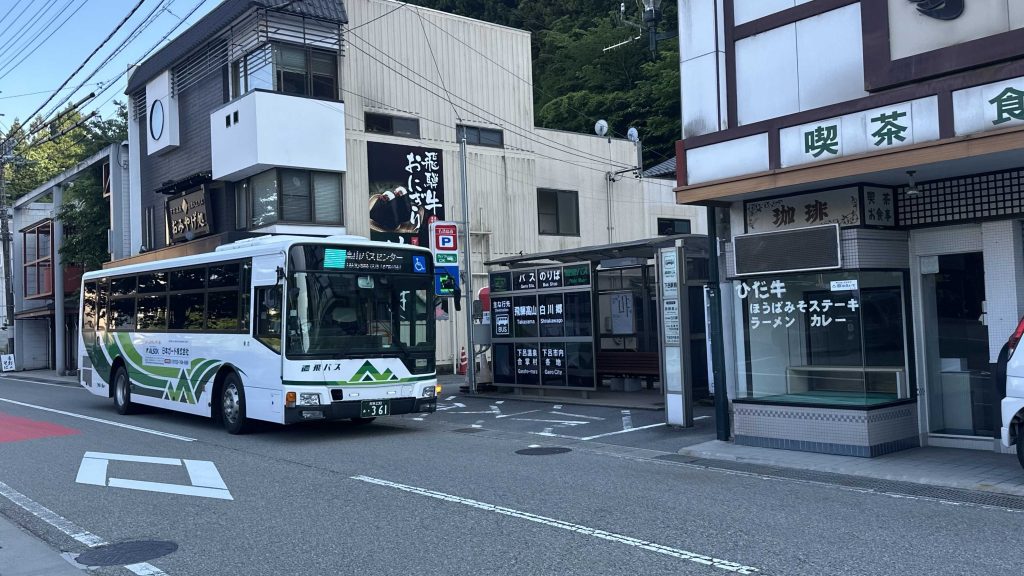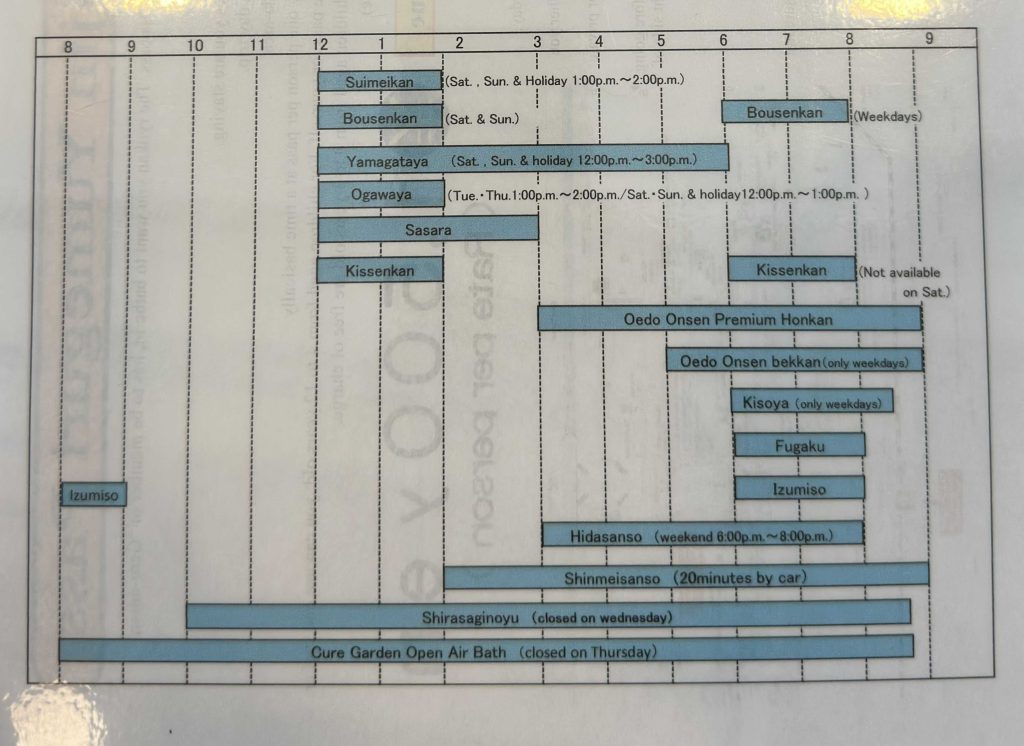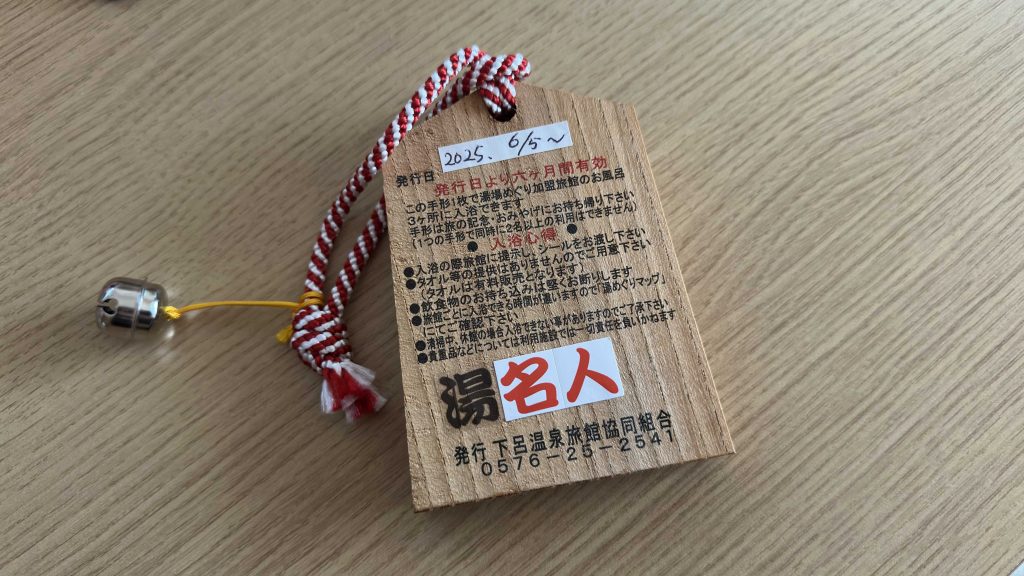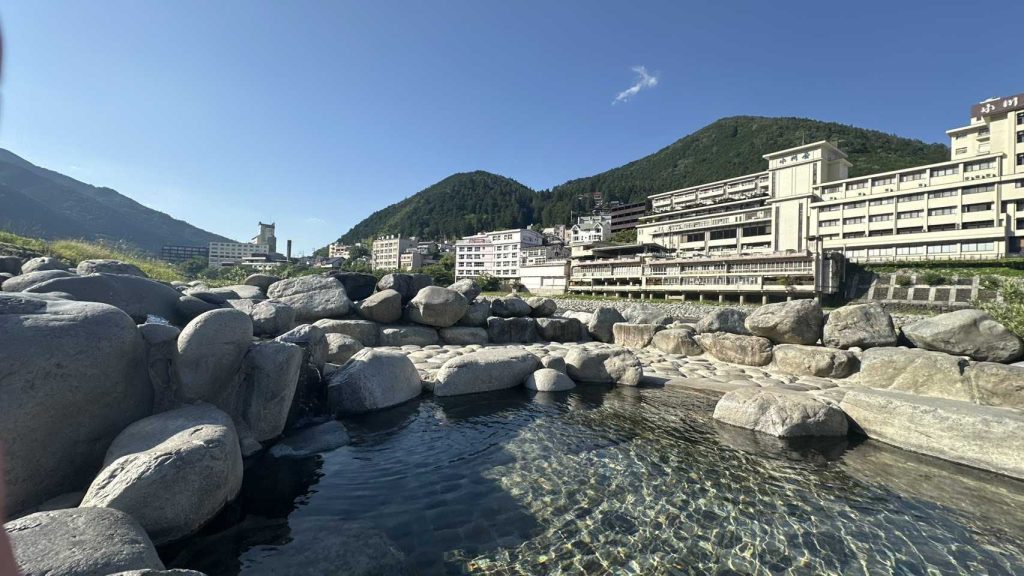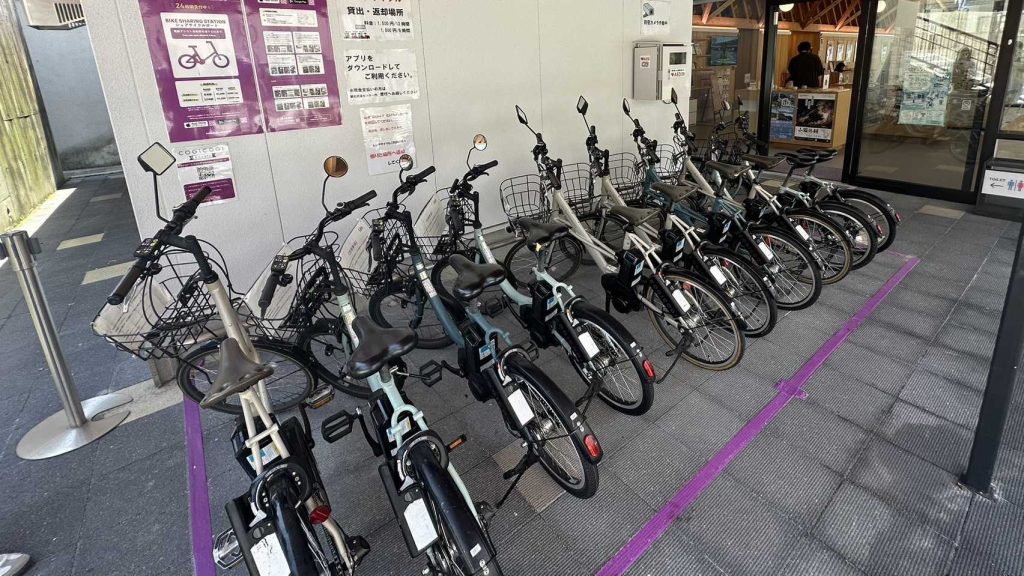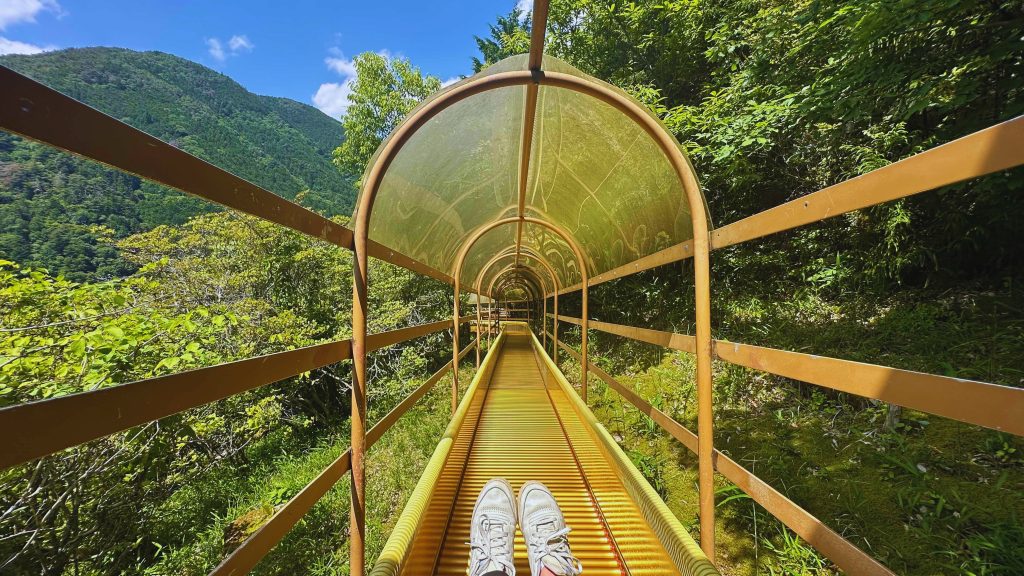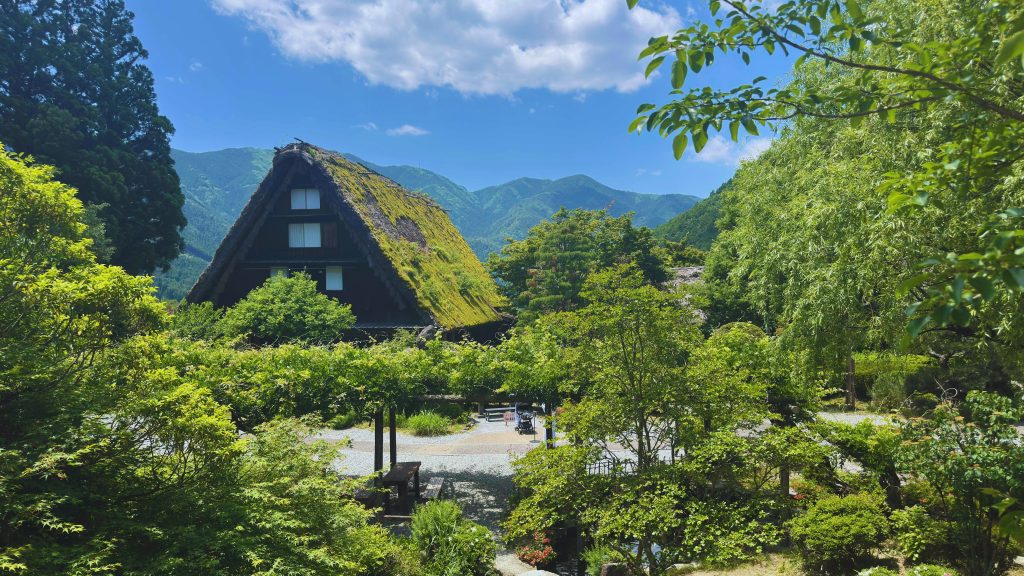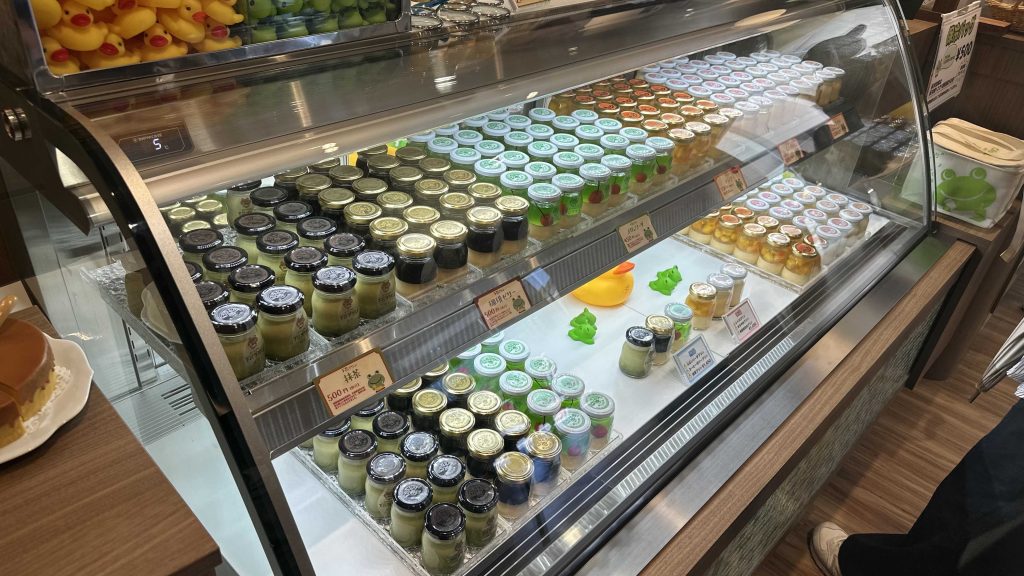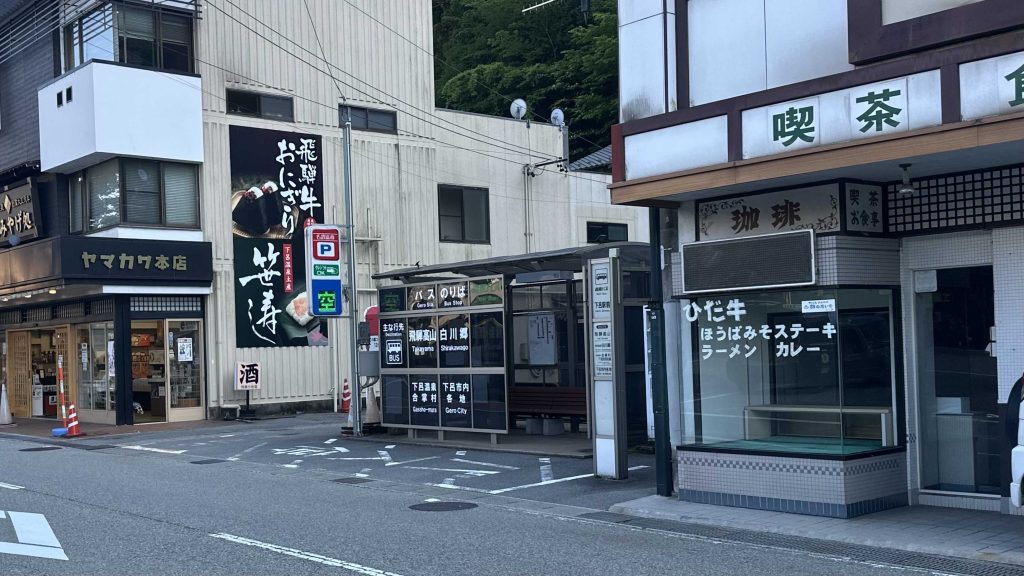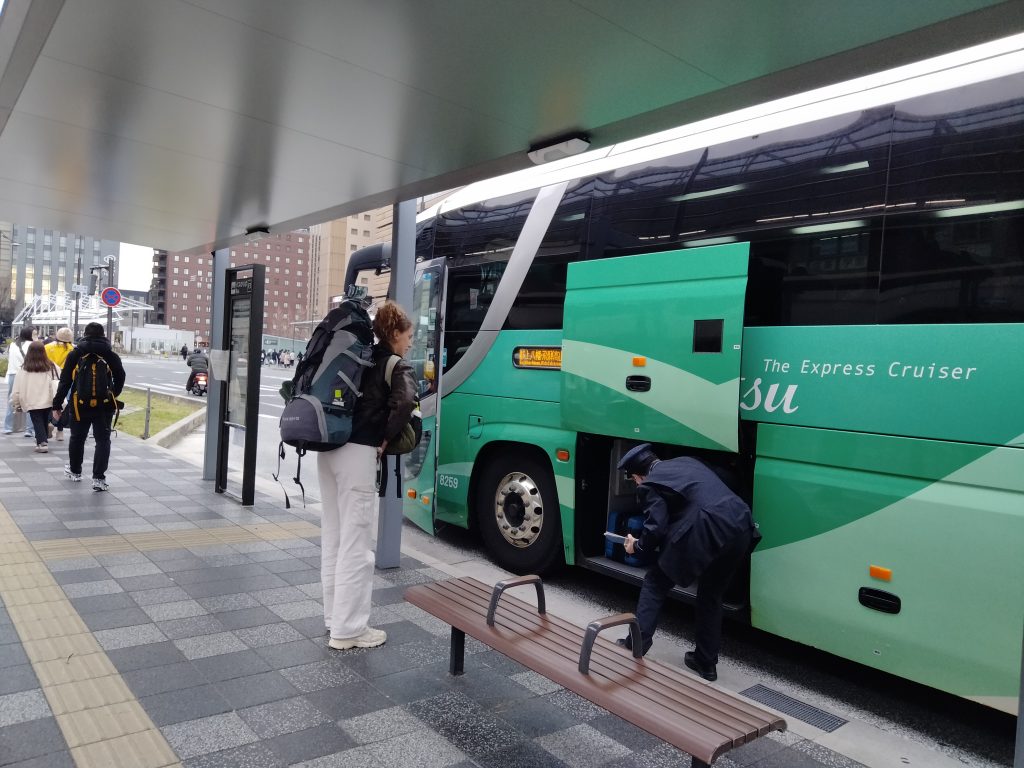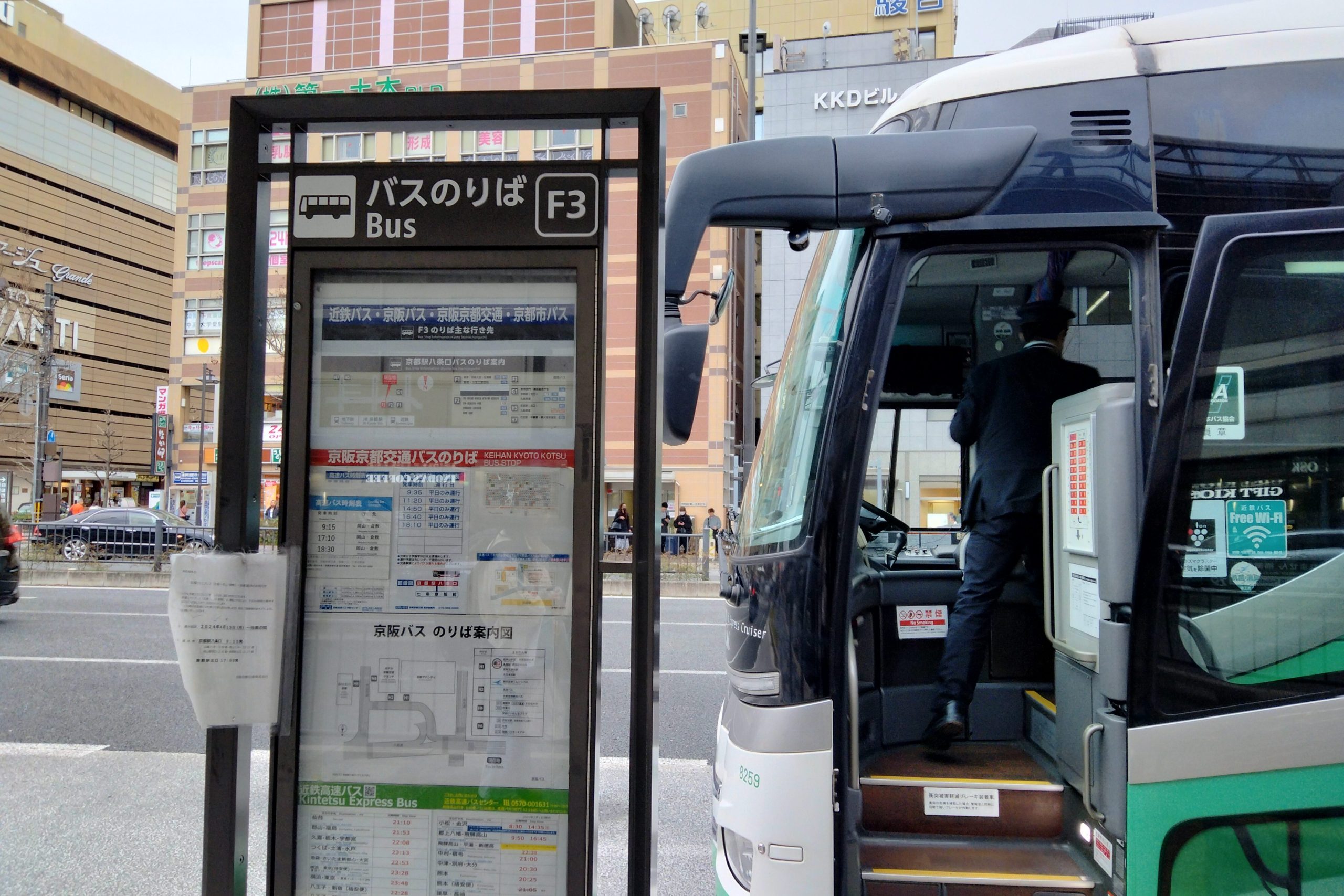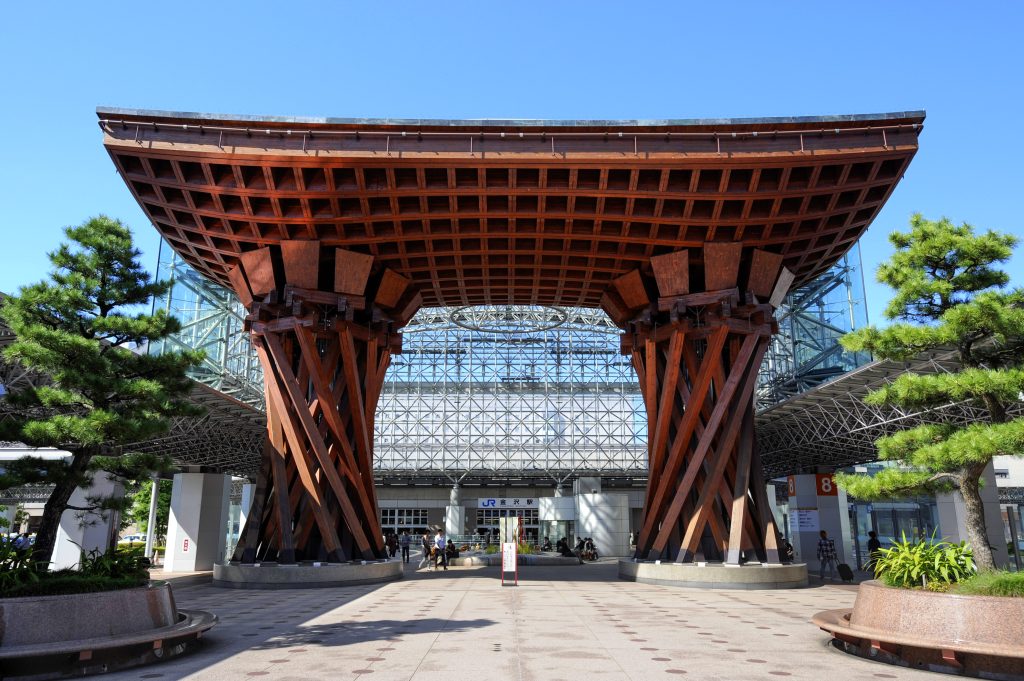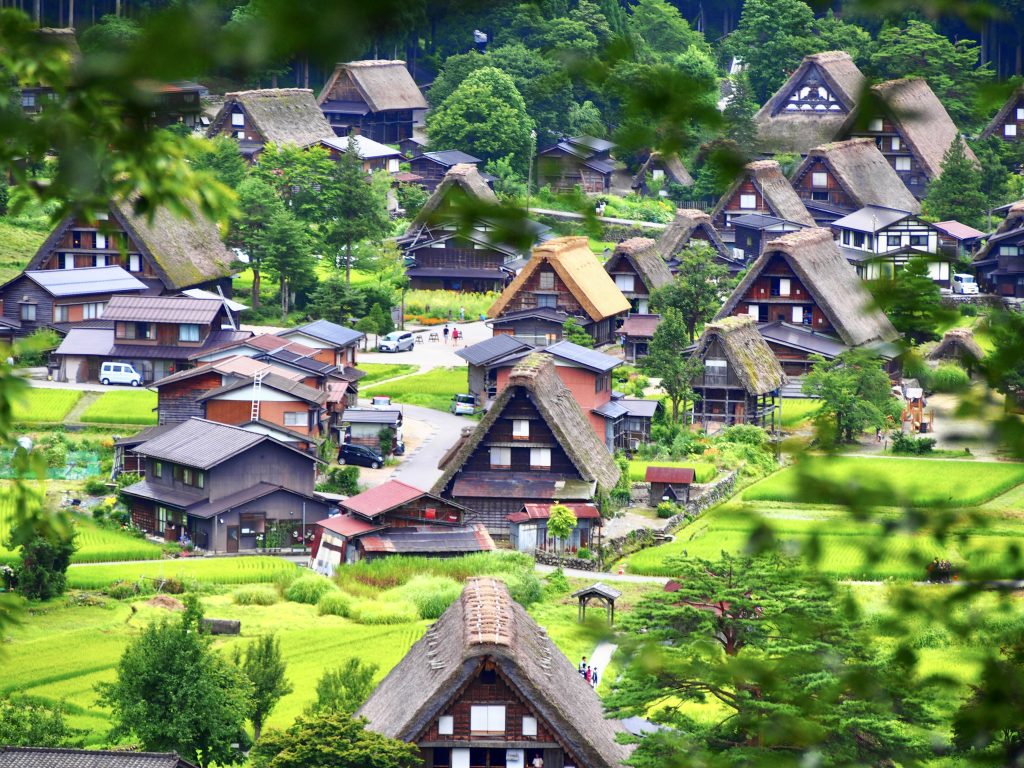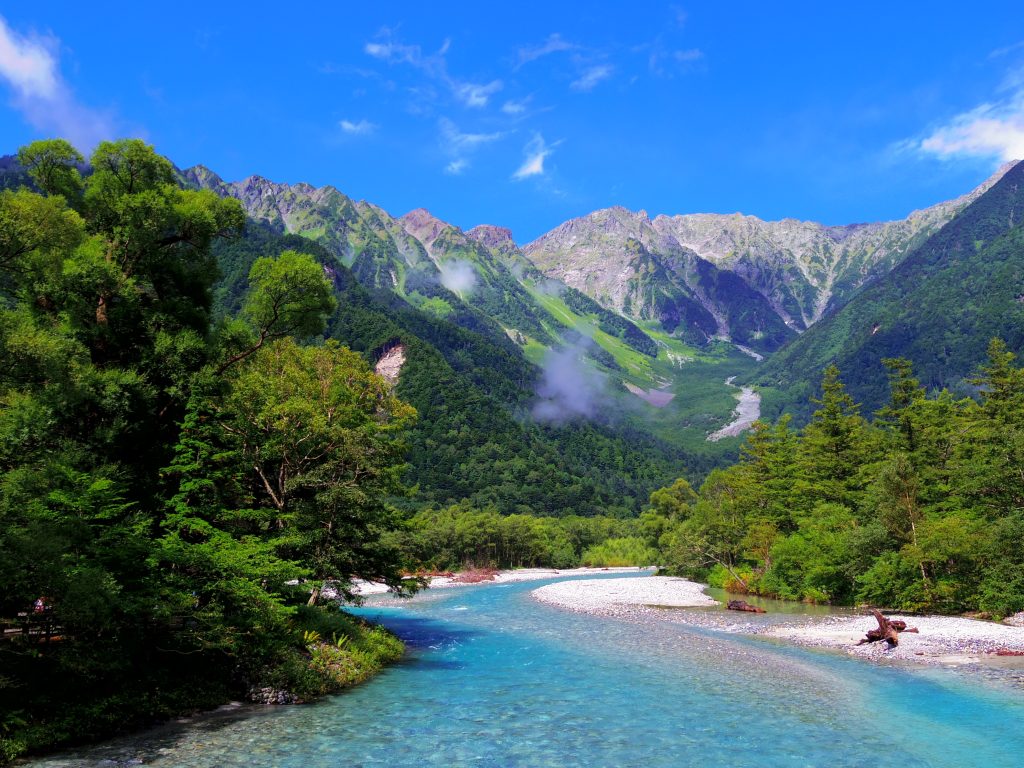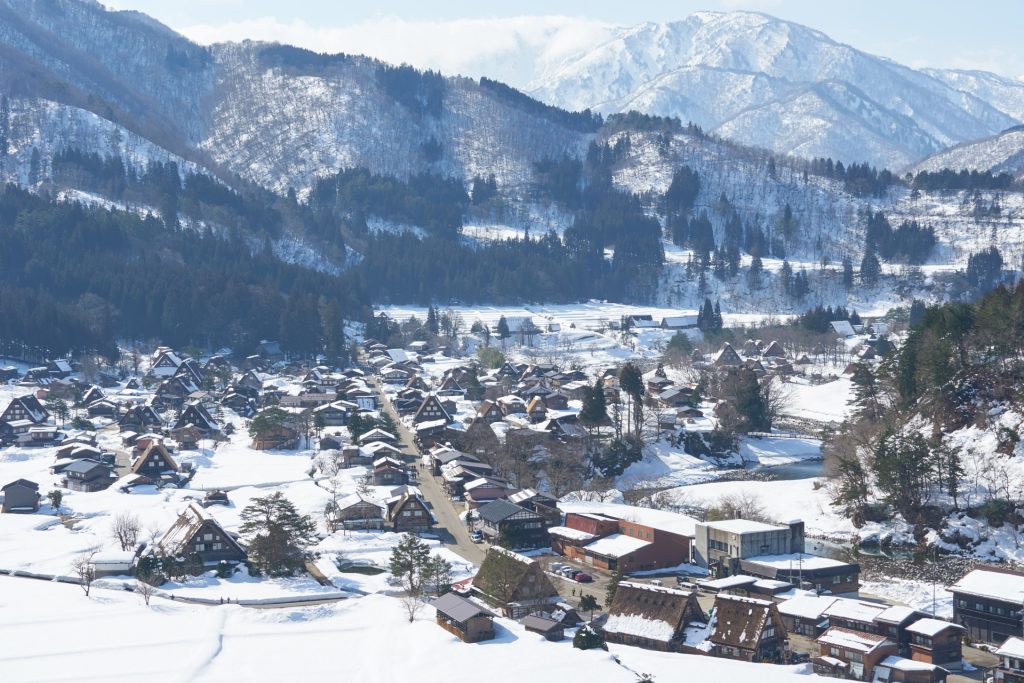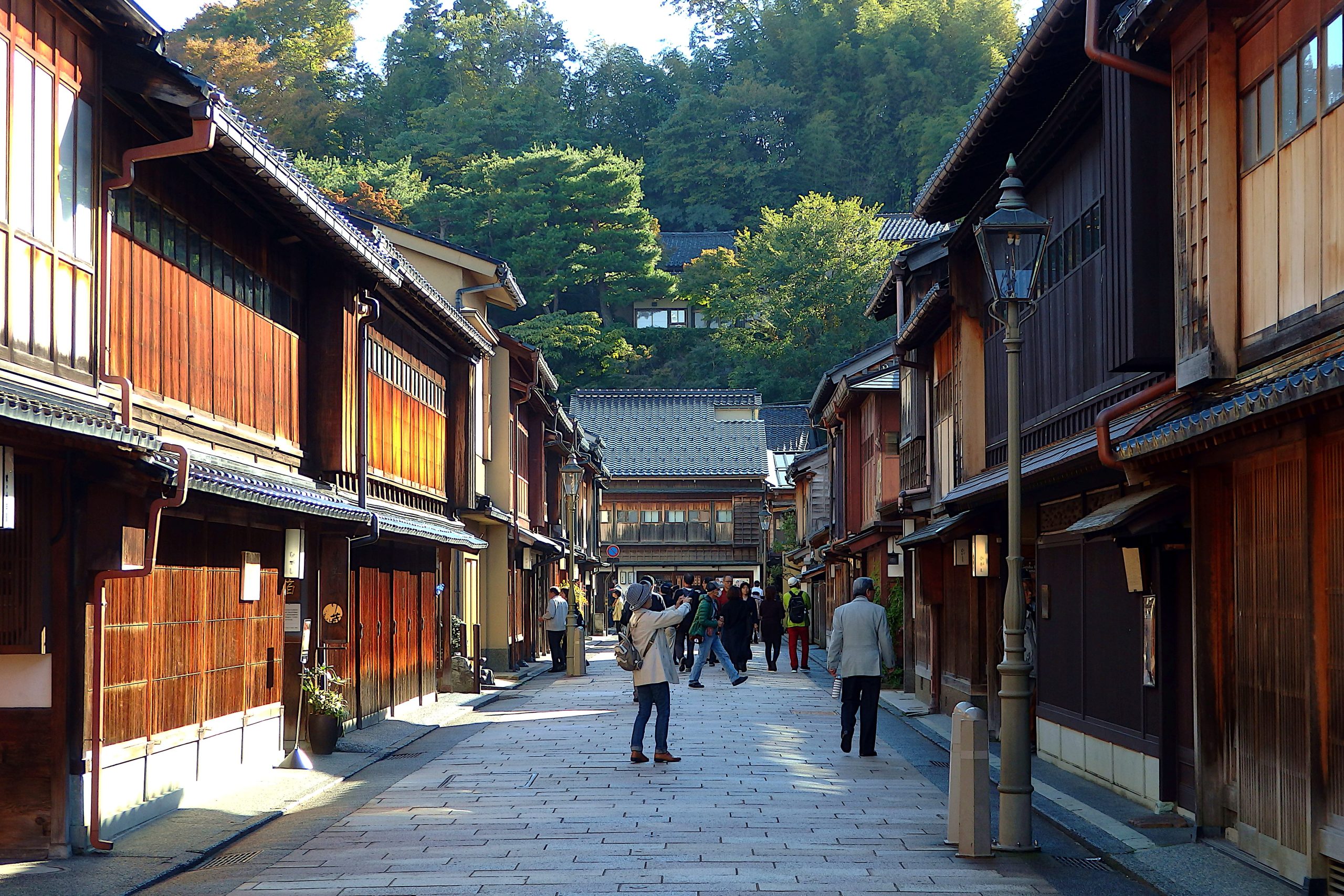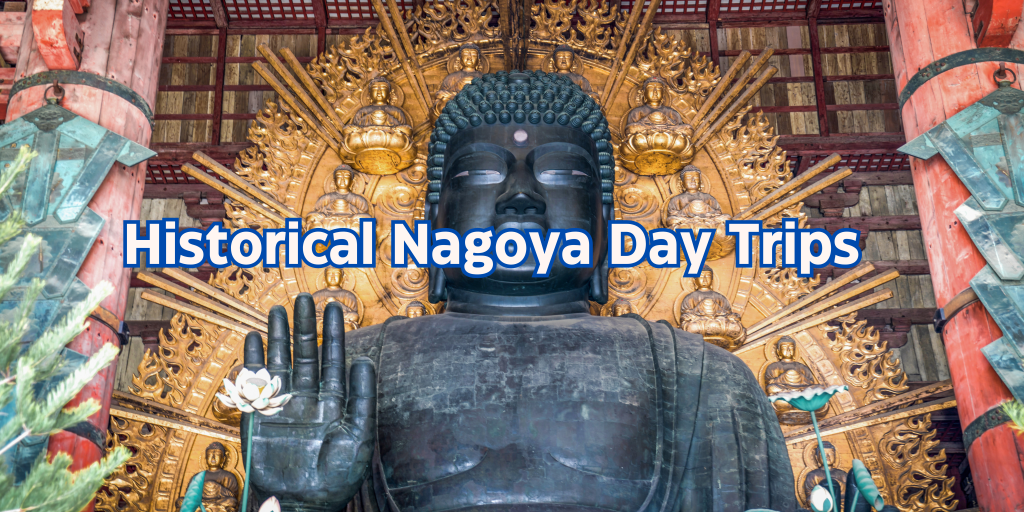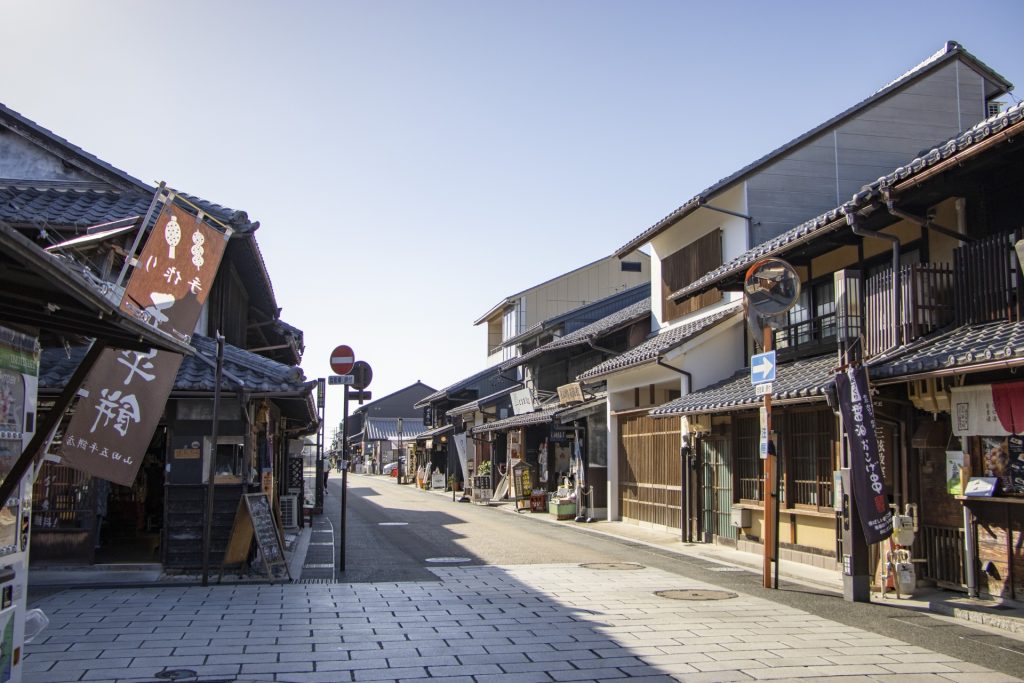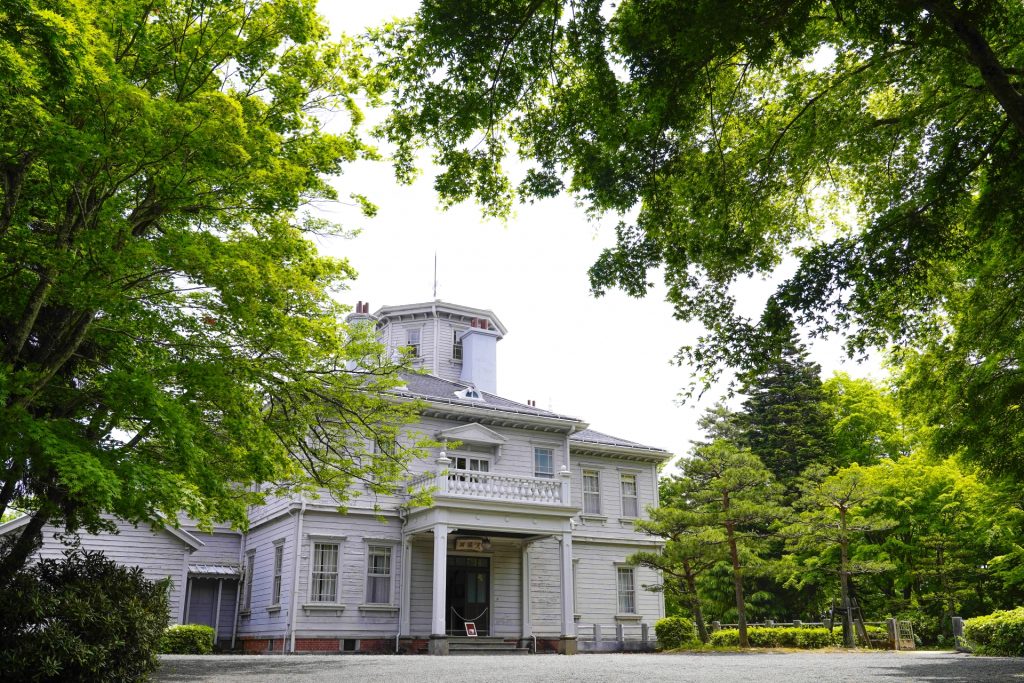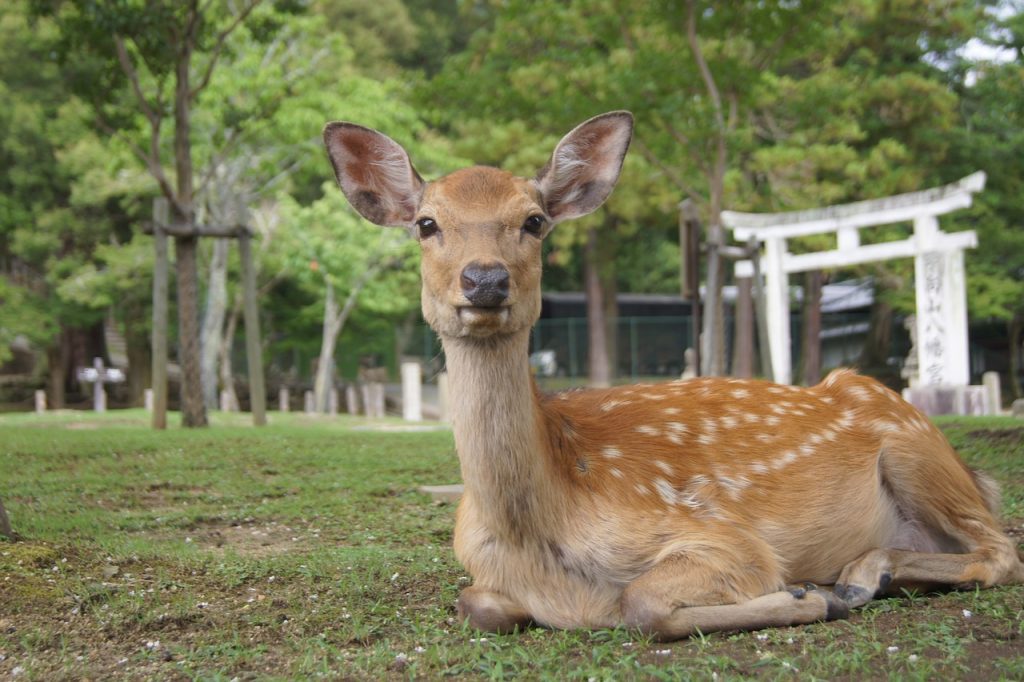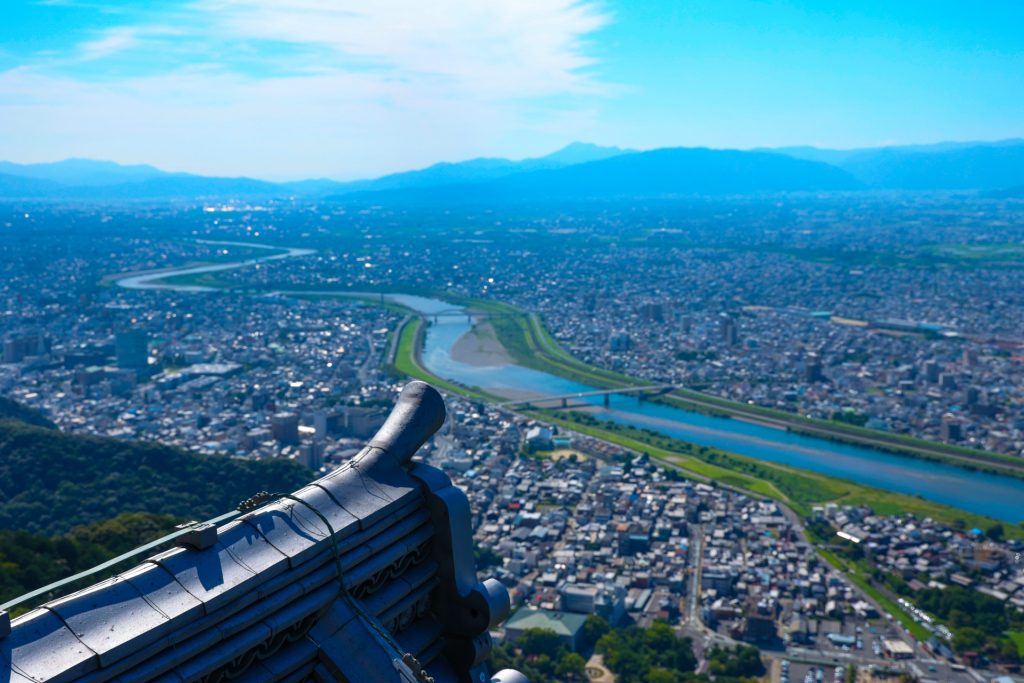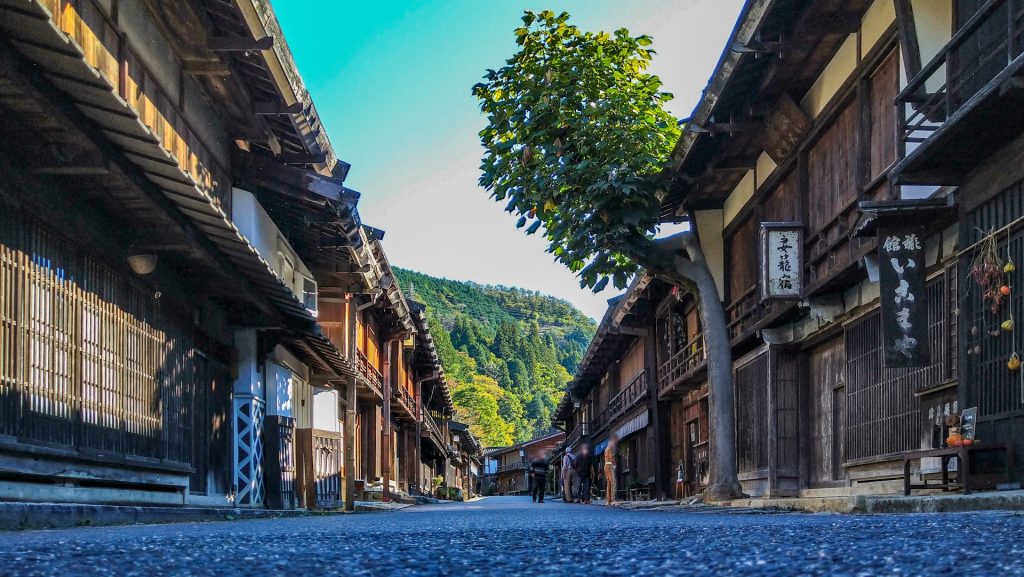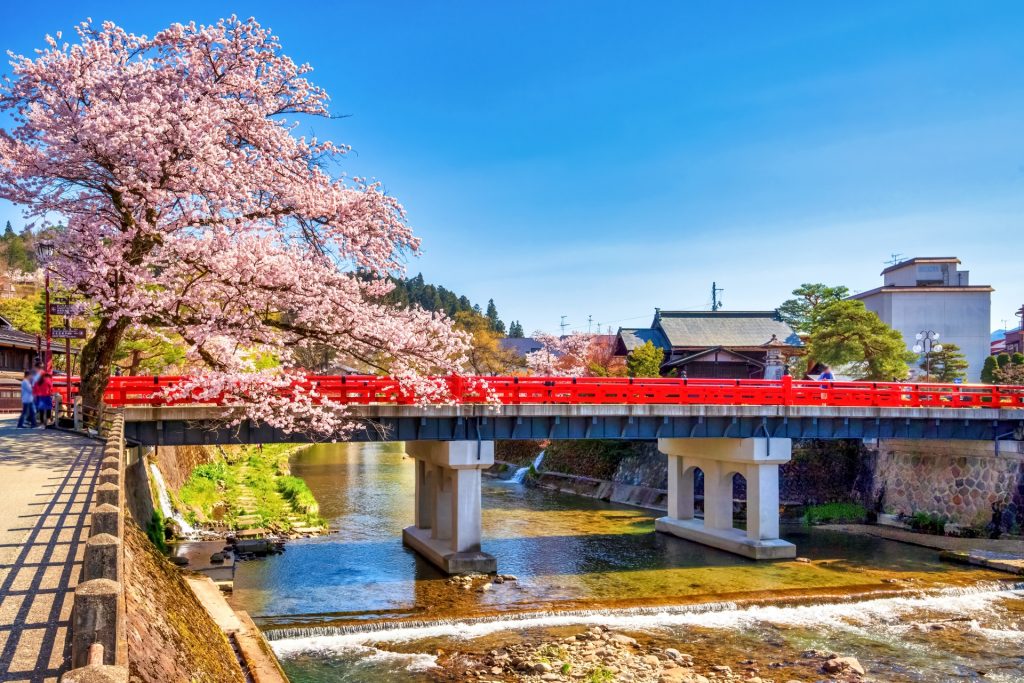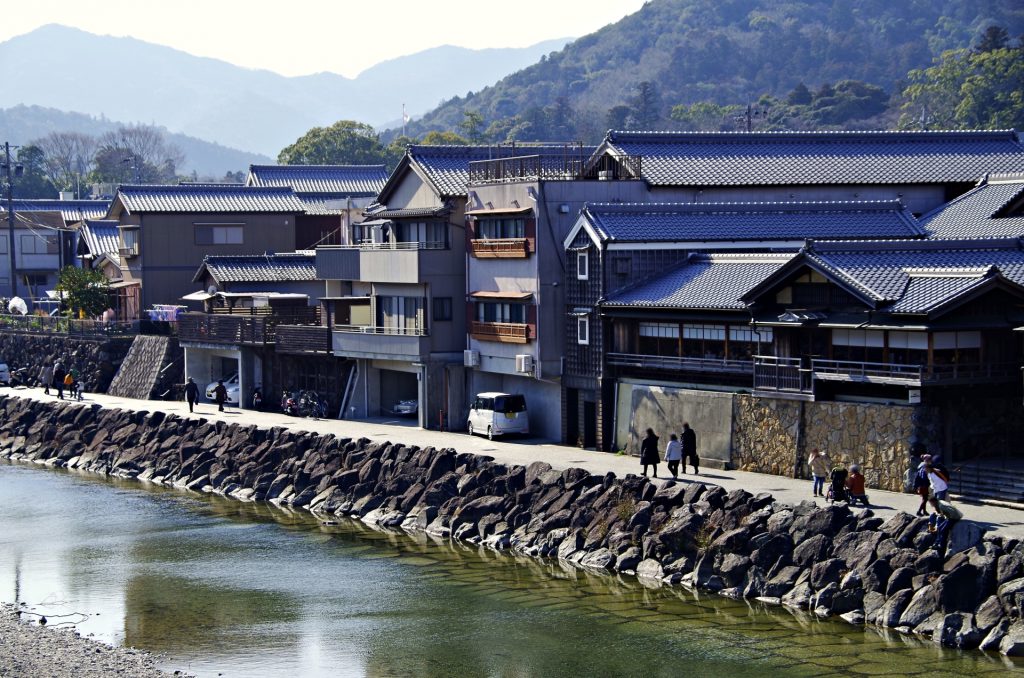A special experience to enjoy the Japanese Alps in autumn by air!

If you are planning a trip from Hida Takayama to Matsumoto, Shinshu in October, there is one spot you definitely shouldn’t miss– the Shin Hotaka Ropeway. The Shin Hotaka Ropeway is the most popular ropeway in Japan.
The second half of the Shin Hotaka Ropeway operates the only double-decker gondola in all of Japan. It’s a special experience where you can enjoy the magnificent view of the 3,000-meter-high Japanese Alps from the air.

The view from here was awarded two stars in the Michelin Green Guide Japan.
Autumn offers the most beautiful scenery of the year. Located at an elevation of 2,156 meters, the Nishi-Hotakaguchi Station observation platform offers a panoramic view of the Japanese Alps in the brilliant red and golden colors of the autumn leaves.
As the trail rises more than 1,000 meters in elevation from the foot of the mountain to the summit, visitors can enjoy the changes in autumn foliage at different elevation zones. This is a must-visit spot in autumn, where you can enjoy both a breathtaking photo-worthy view and Japanese autumn foliage viewing at the same time.
A trip with a spectacular view starting at the morning market in Takayama
Takayama Morning Market, one of the three major morning markets in Japan
Start your trip with the Takayama morning market. Known as one of the three major morning markets in Japan, the Takayama morning market is a great place to enjoy fresh local finger foods, crafts, and local produce. Taking in the crisp morning air and leisurely browsing the stalls makes for a wonderful start to experiencing traditional Hida life.
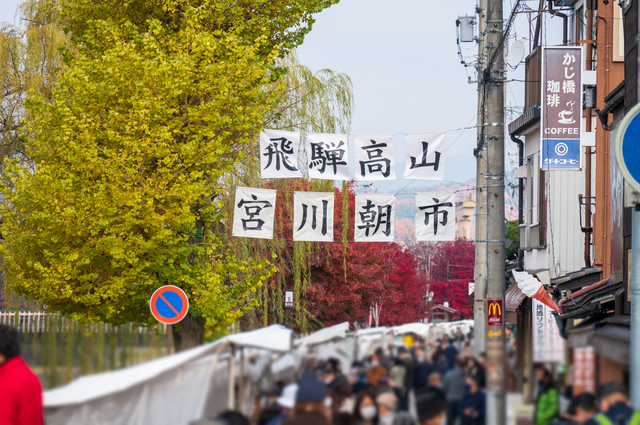
Access to Shin Hotaka Ropeway from Takayama
After enjoying the morning market, head to the Shin Hotaka Ropeway from the Takayama Bus Center.
A direct bus service runs to the Shin Hotaka Onsen Station of the first Shin Hotaka Ropeway, arriving at the site in approximately 1 hour and 40 minutes.
Traffic information:
- Travel time: approx. 1 hr. 40 min.
- Fare: 2,200 yen
- Timetable & Details
- Bus Reservation
Important Note: Due to the extremely crowded fall foliage season, it is strongly recommended to arrive early at the Alpine Bus Center to get in line.
Aerial views on the Shin Hotaka Ropeway
The second part of the Shin Hotaka Ropeway operates the only double-decker gondola in Japan, offering a special experience to enjoy the magnificent view of the 3,000-meter-high Northern Alps from the air. The view from the Nishi-Hotakaguchi Station observation platform at the summit station is breathtaking.
The view from here was awarded two stars in the Michelin Green Guide Japan.

Ropeway information:
- Round-trip fare: 3,800 yen
- Official Site
Shinhotaka Ropeway Digital Ticket
You can purchase digital tickets for the Shinhotaka Ropeway, as well as digital tickets combining the Shinhotaka Ropeway with the route bus (free pass) between Takayama/Hirayu Onsen and Shinhotaka Ropeway Station, on your smartphone.
KLOOK, KKDAY
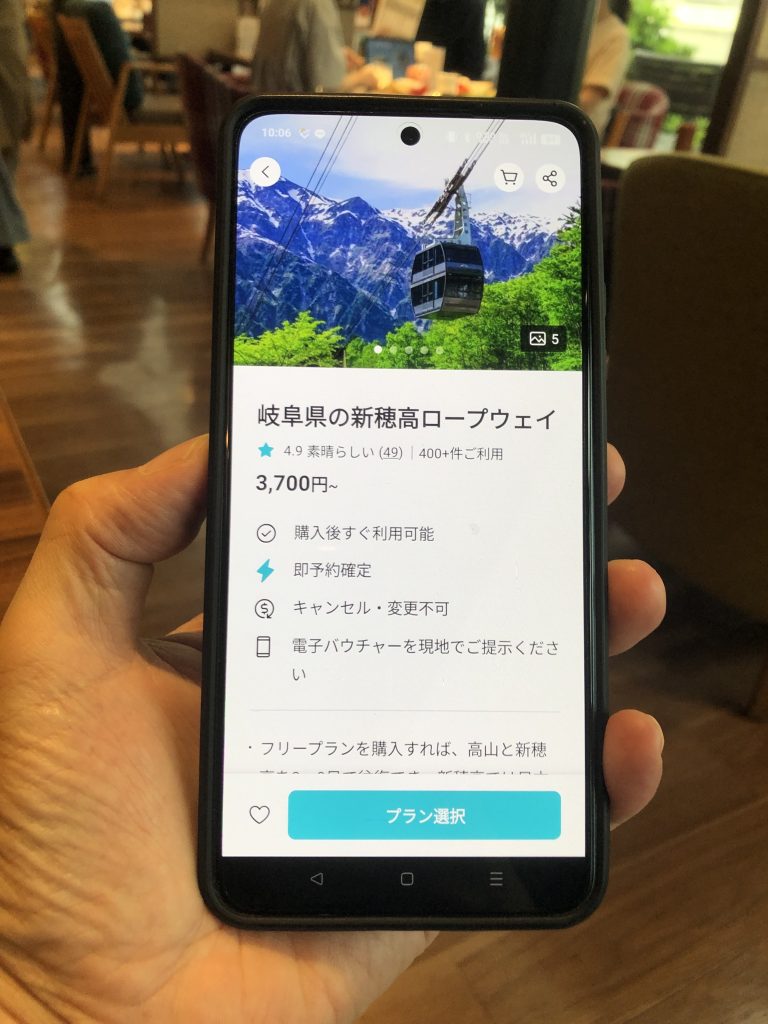
[Attention]
If you come by bus, please leave your large luggage in the coin locker at Shin Hotaka Onsen Station.
The ropeway requires an extra charge for luggage over 6 kg. Luggage tickets are 1,000 yen/piece for round trip.
Shinhotaka Ropeway Coin Locker Information
Since the capacity of the ropeway No. 1 is small (45 passengers), it may take some time to get on the ropeway when it is crowded.
We recommend that you drive to the Shirakabadaira parking lot at the second ropeway stop.
If you use the local bus, only Shin Hotaka Onsen Station of Daiichi Ropeway is available.
Route to Matsumoto
After enjoying the spectacular autumn scenery of the Japanese Alps, head to Matsumoto, a city of history and culture. For transportation, you will need to change buses at the Hirayu Bus Terminal.
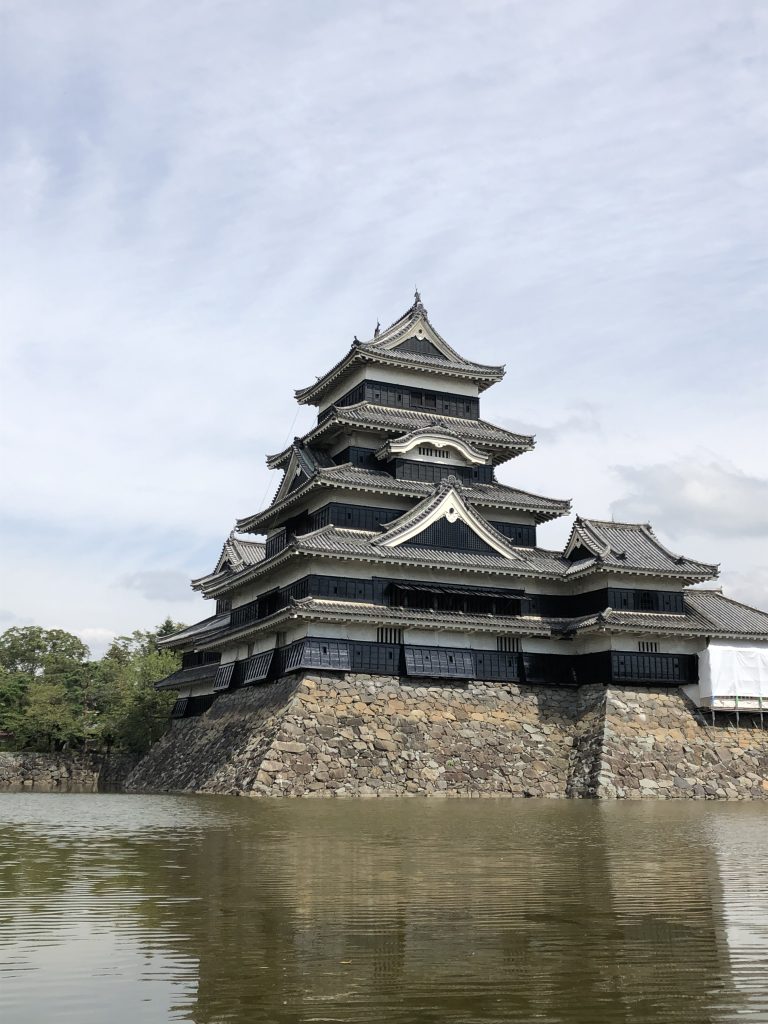
Travel Routes and Fees
- Shin Hotaka Ropeway (Shin Hotaka Onsen Station) → Hirayu Bus Terminal
- Fare: 910 yen
- Hirayu Bus Terminal → Matsumoto Bus Terminal
- Fare: 2,800 yen
- Reservations required (must be made in advance)
- Details & Reservations
Total cost of taking public transportation on your own
- Takayama Bus Center → Shin Hotaka Ropeway (Shin Hotaka Onsen Station): 2,200 yen
- Shin Hotaka Ropeway (Ropeway 1 + Ropeway 2) round trip: 3,800 yen
- Shin Hotaka Ropeway (Shin Hotaka Onsen Station) → Hirayu Bus Terminal: 910 yen
- Hirayu Bus Terminal → Matsumoto Bus Terminal: 2,800 yen * Reservations required
Total travel expenses: 9,710 yen
If you bring luggage weighing 6 kg or more onto the ropeway, you will be charged a luggage ticket (1,000 yen per piece) or a coin locker fee.
The base of Shinhotaka Ropeway
Around early October, the lines for Shinhotaka ropeway were not long at all, and almost everyone who lined up could board without waiting for the next shuttle.
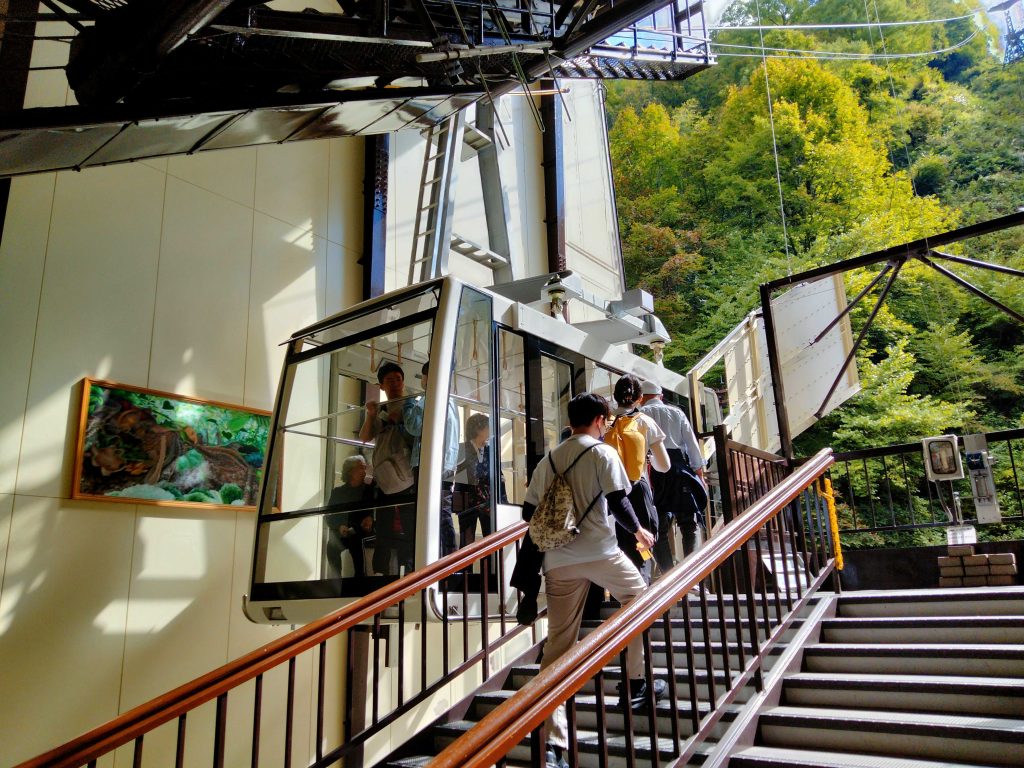
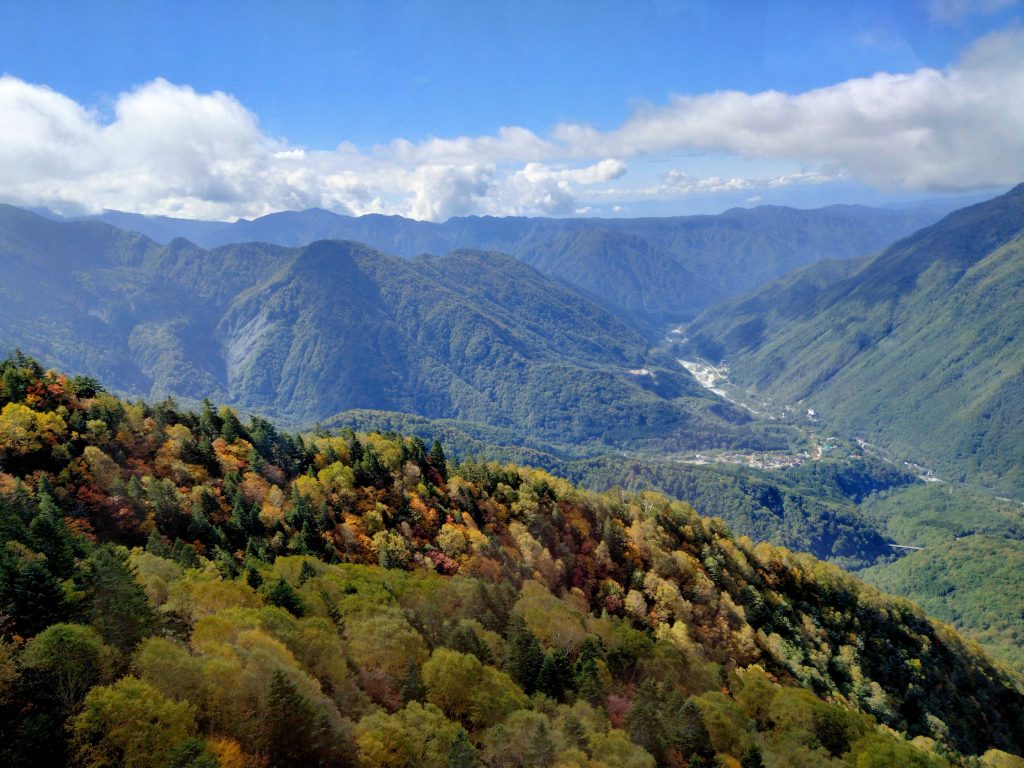
Although the foliage at the bottom of the ropeway was still green, as you step out to the 1st station ropeway, suddenly the season completely changes from summer to fall! Though not fully developed, the vibrant fall leaves along with the crystal clear skies looked like a postcard and almost unreal.
Shirakabadaira Station (Ropeway 1)
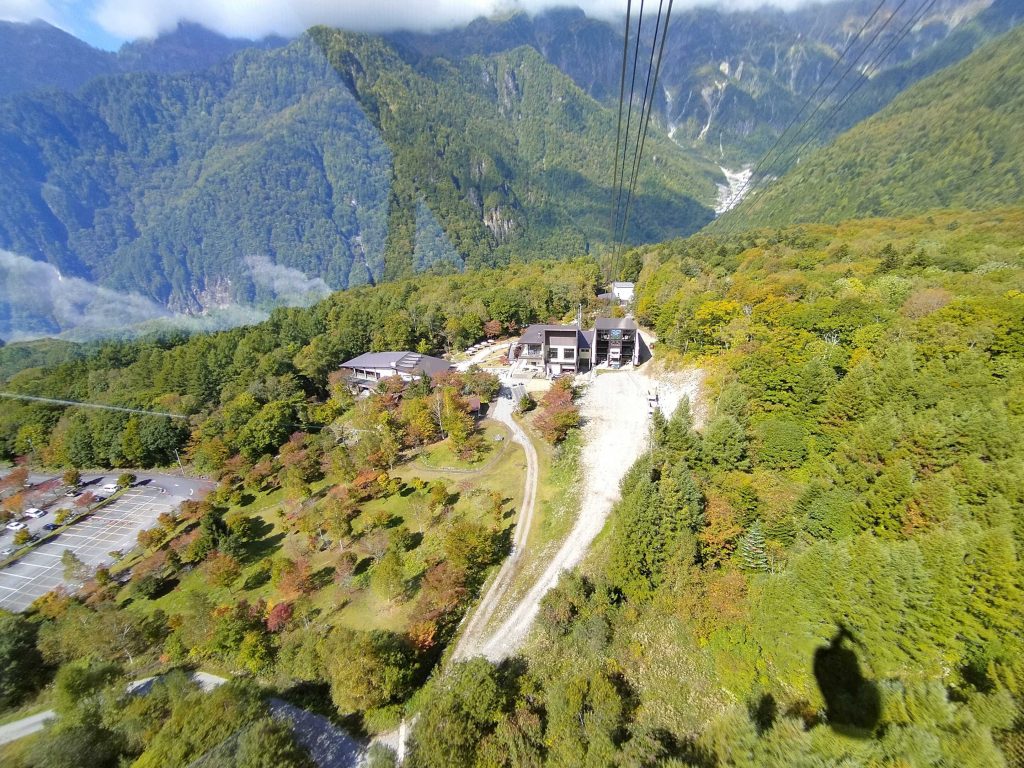
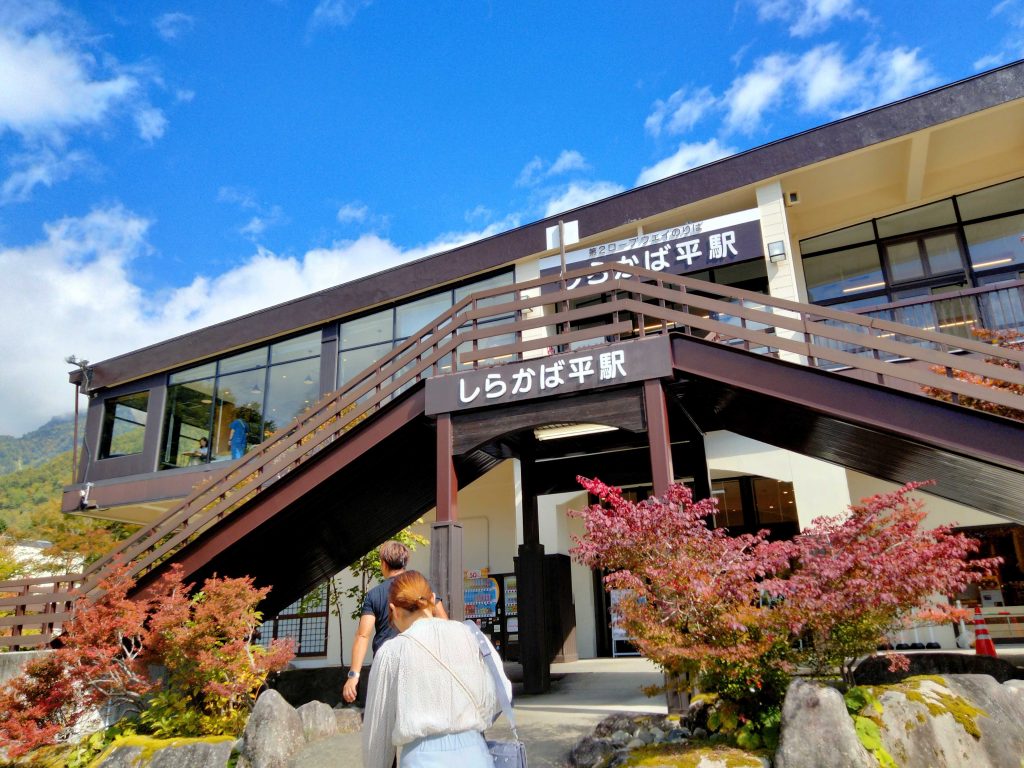
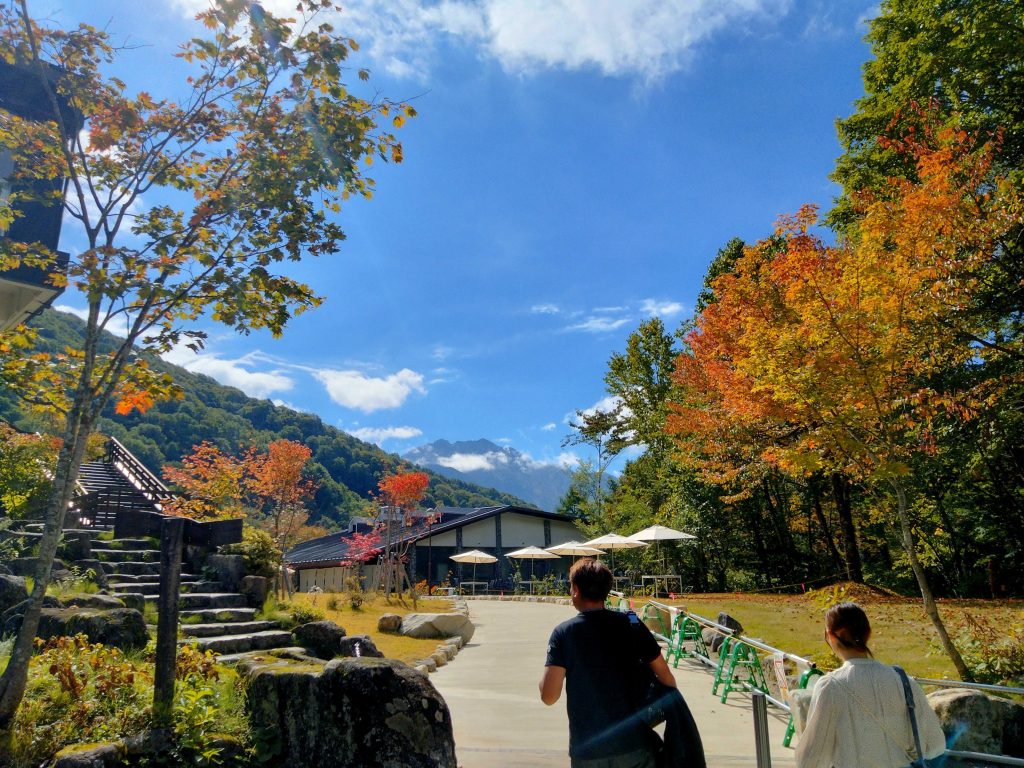
Just one year ago, Shirakabadaira Station was renovated to include a new and stylish gift shop, bakery, and dining area. At the bread store, they sell a variety of freshly baked breads, craft drinks (including an amusing curry and melon bread cider), gelato, and other local specialties.
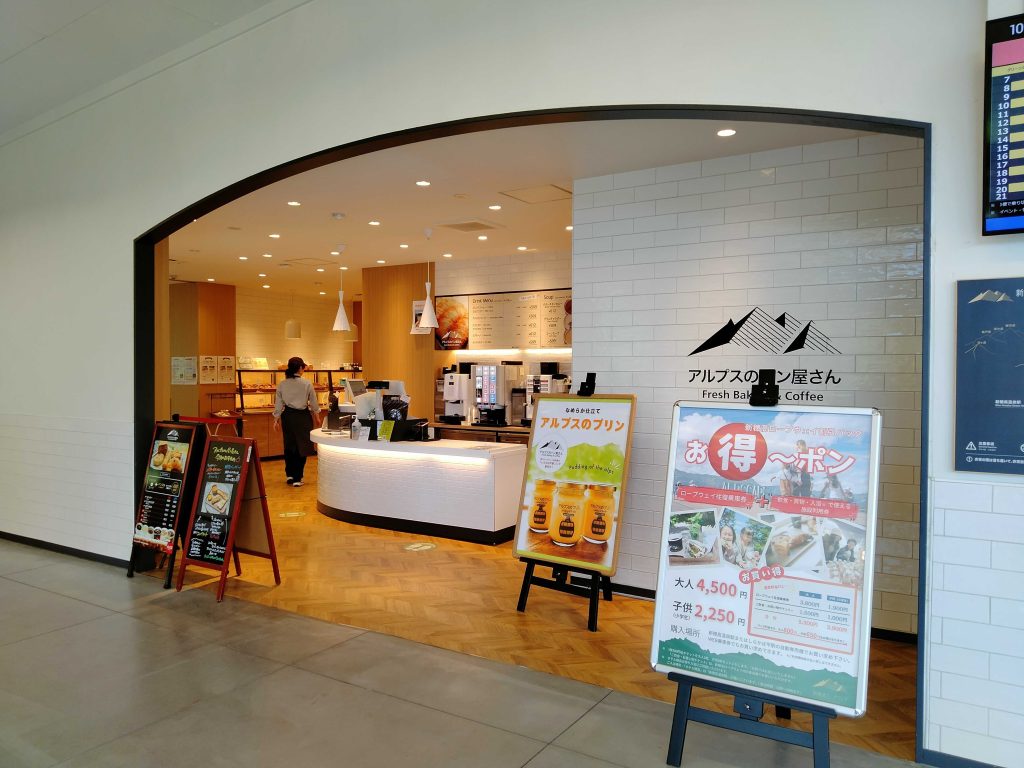
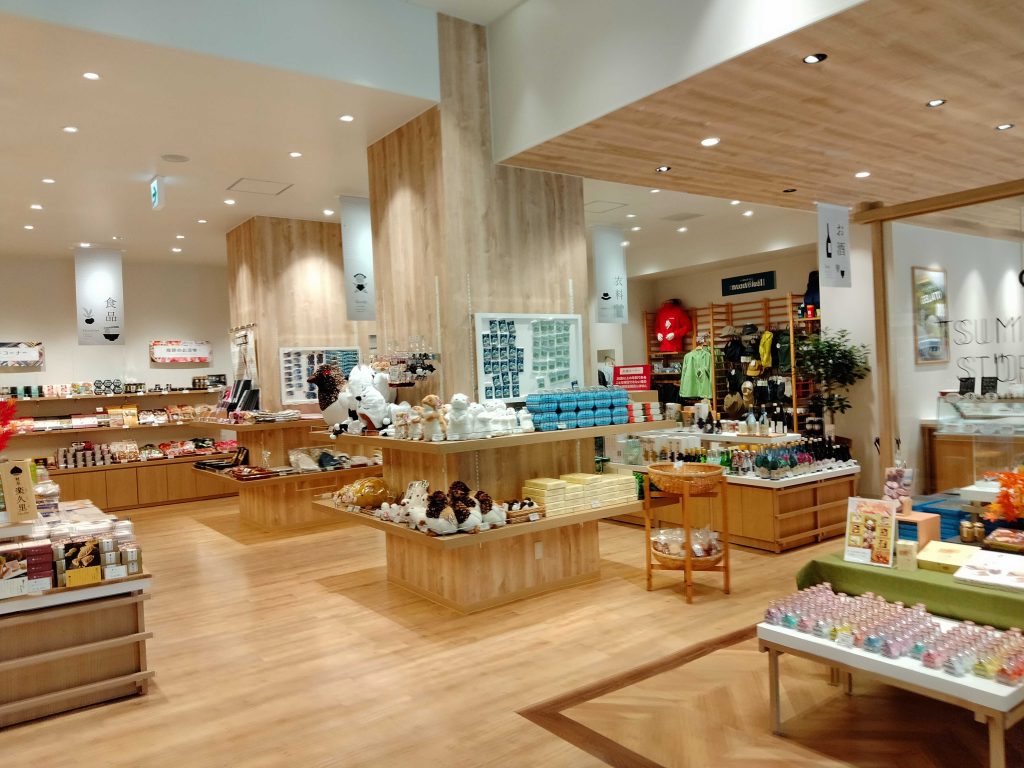
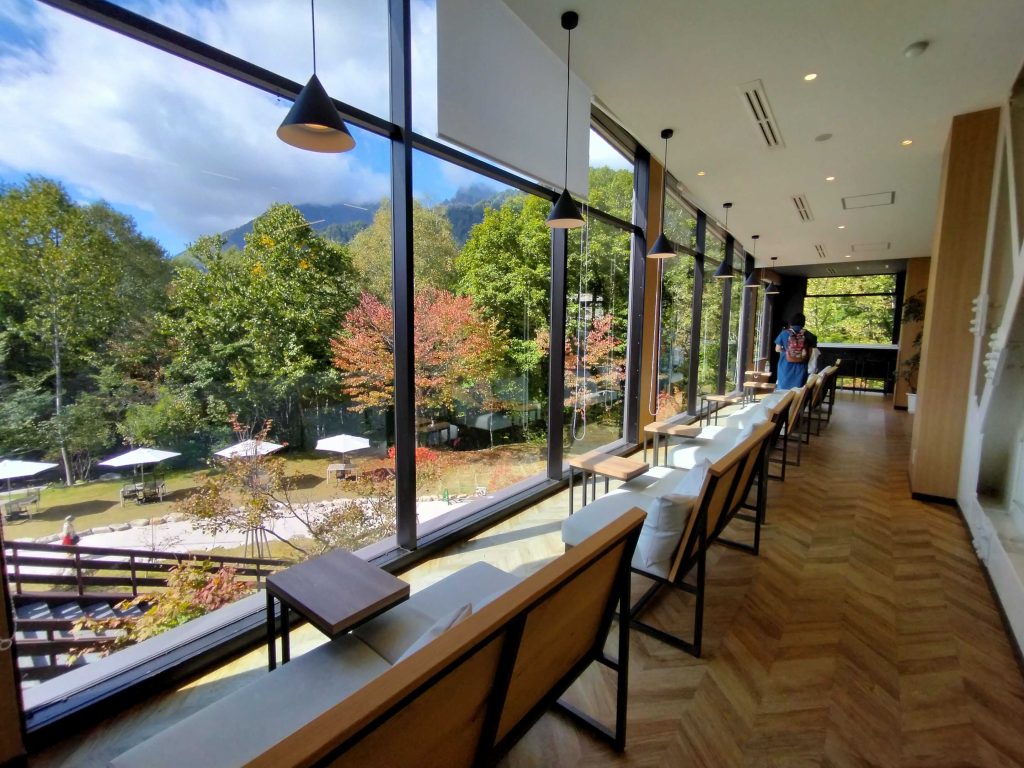
After walking around and doing some light souvenir shopping, you can leisurely relax or take a stroll around the grounds in time for the gondola which arrives twice an hour. Depending on high winds or other weather aliments, the gondola usage may be postponed.
Alpscape Observation Deck and Itadaki no Mori
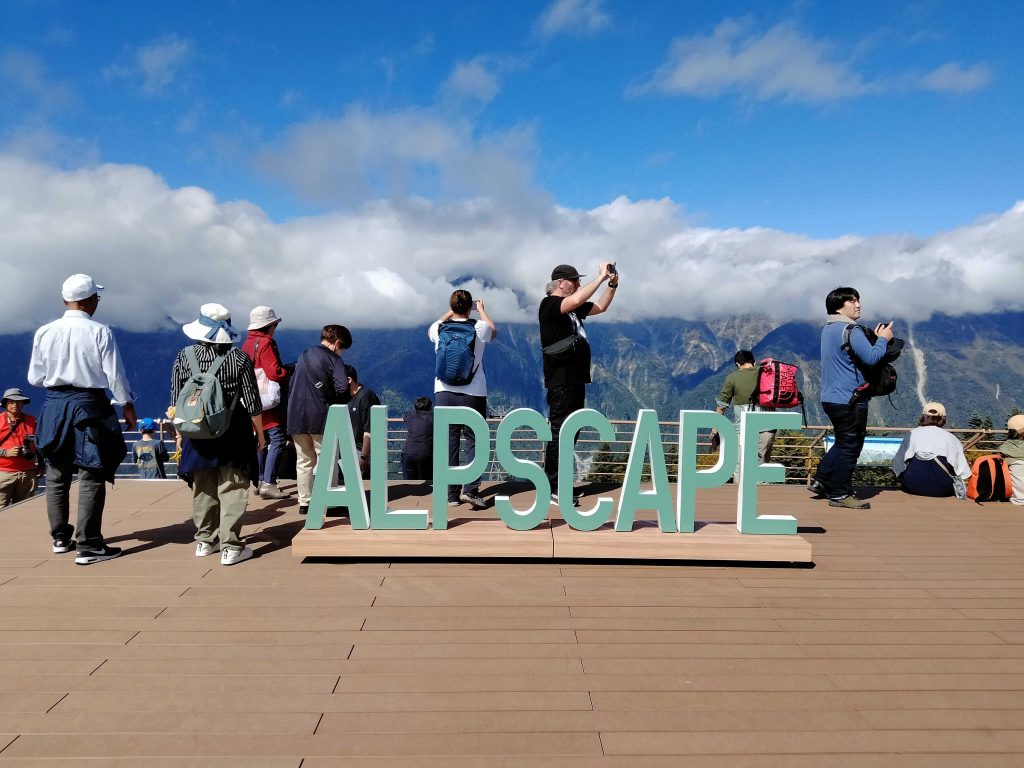
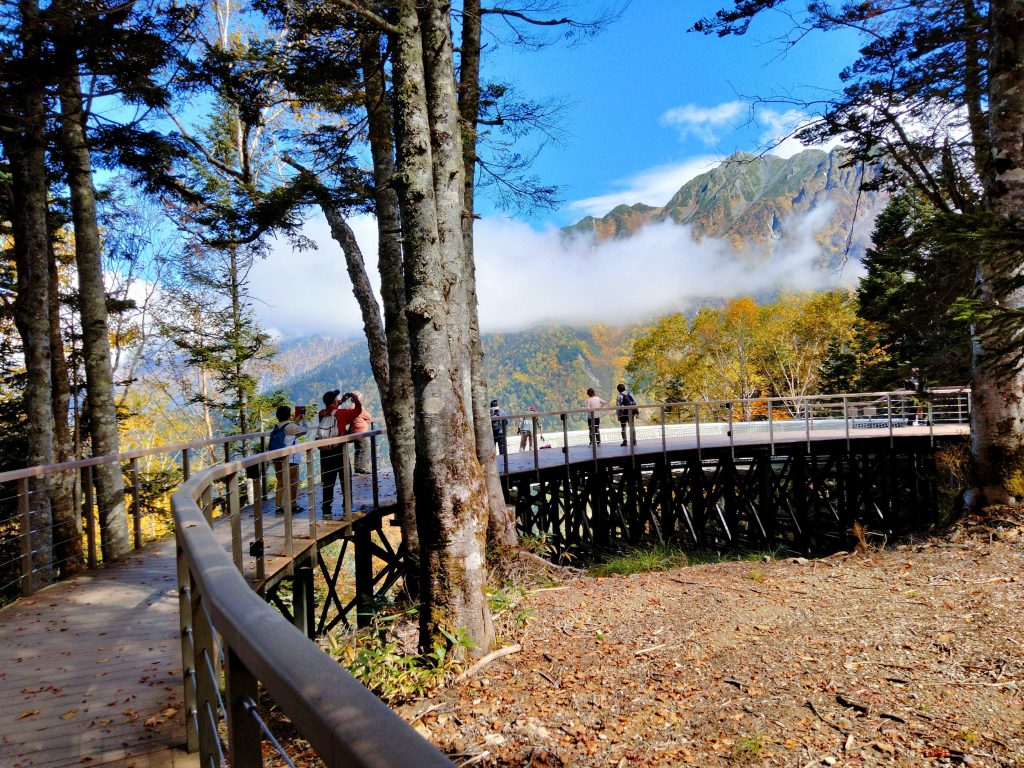
Finally making it to the second ropeway exit, you will have to walk a few flights of stairs until reaching the observation deck. The scenery of the mountains from the second ropeway is completely different from the base of the ropeway and was completely colorful. The view especially from Itadaki no Mori is the best as you can get a very clear view of the autumn foliage.
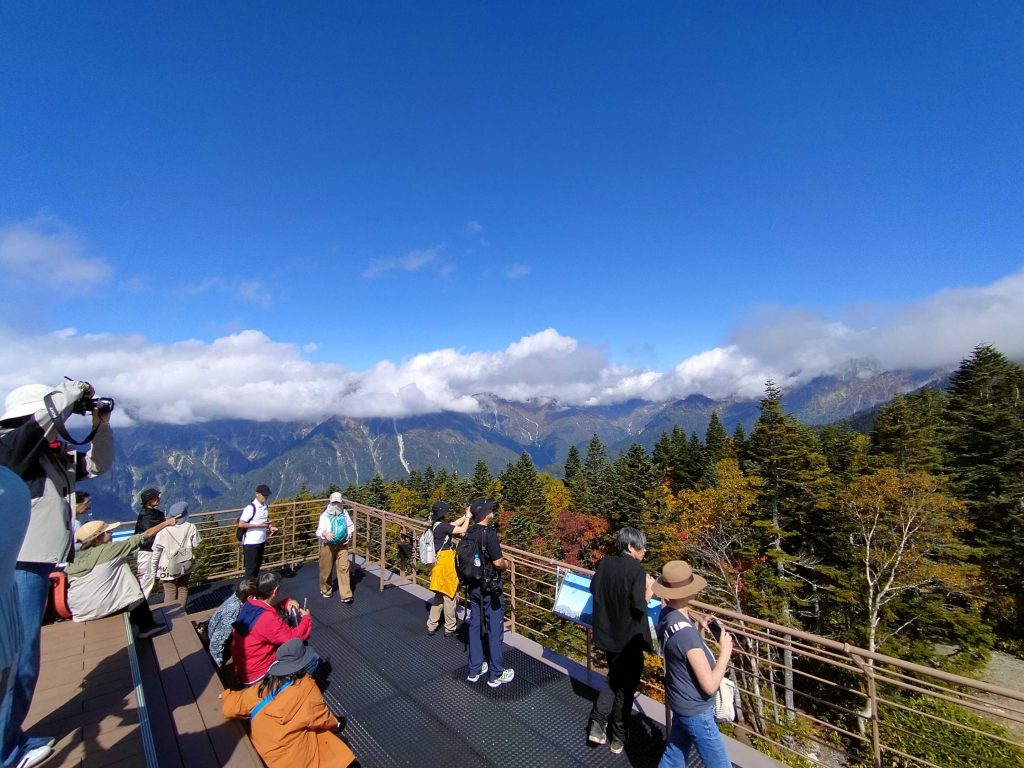

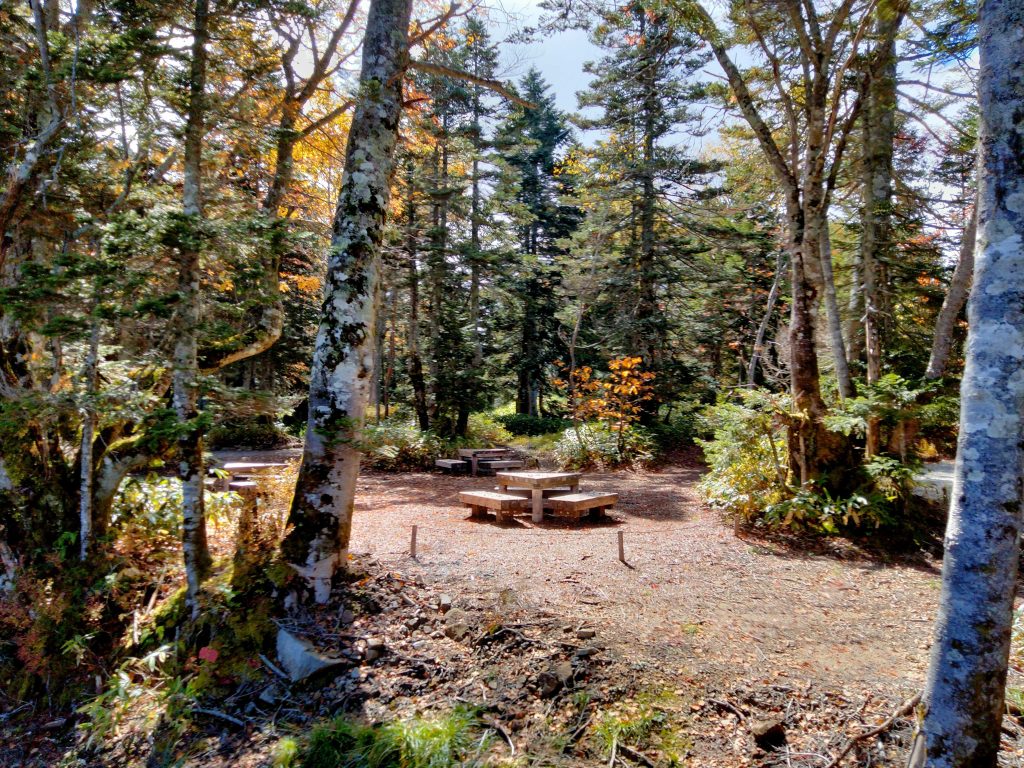
Around the station are also several hiking trails along with trendy restaurants, cafes, and places to sit and rest. Its a perfect place to just relax and stare into the distance. The temperature is not too cold (around 15C) and is very comfortable around this time.
Matsumoto Castle at Night (Fall)
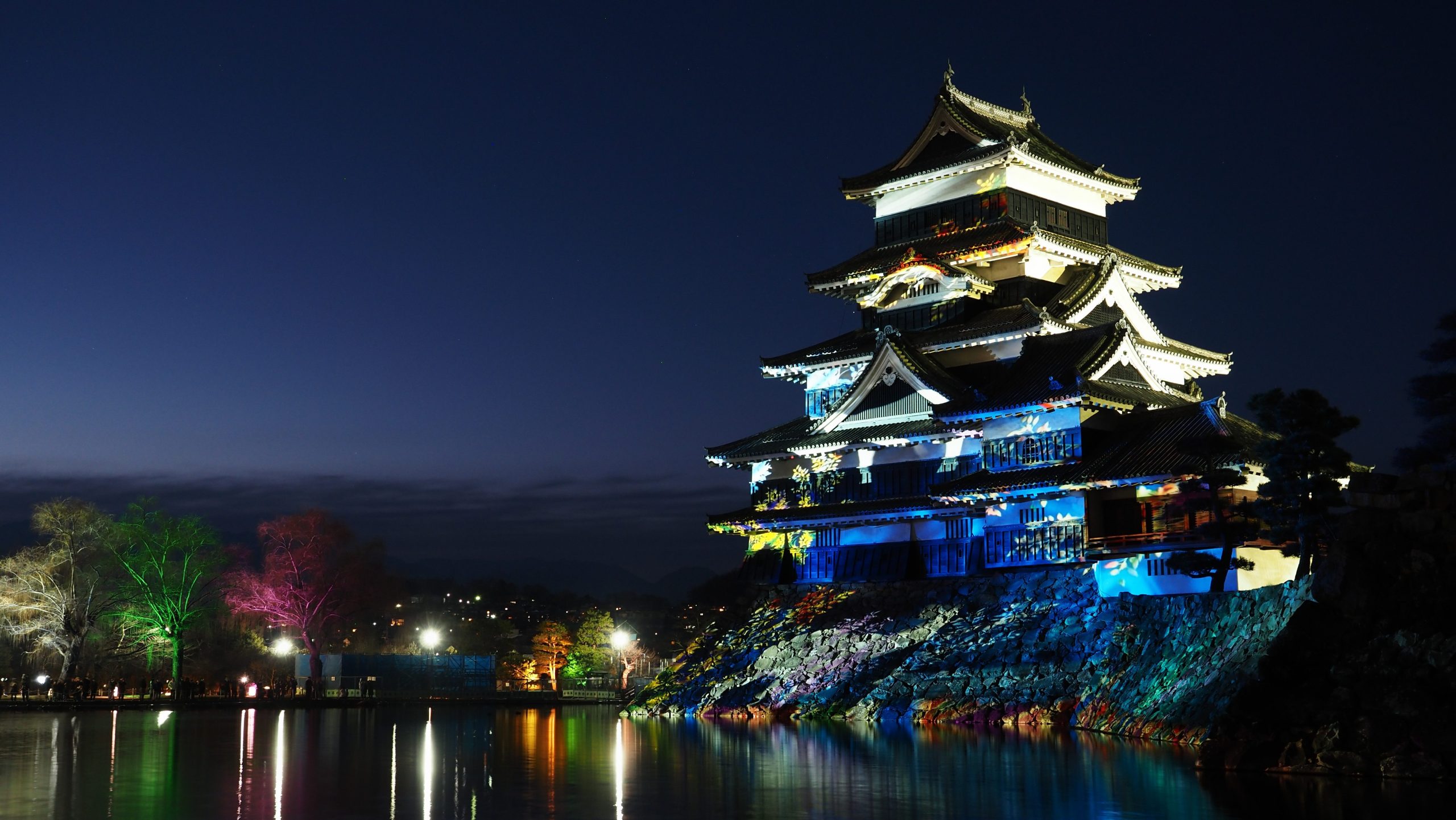
While Matsumoto Castle is stunning during the day due to the backdrop of the Japanese Alps, the night time view is arguably even more breathtaking. Every night from sundown until 10PM, Matsumoto Castle is lit up creating a mesmerizing glowing image. During special holidays they also display more colorful light shows on the castle walls.
Matsumoto Light Up Hours: ~6PM to 10PM
How to Enjoy Matsumoto
Matsumoto has many attractions and gorgeous scenic spots located beyond Matsumoto Castle. Areas such as Happo Pond, Hakuba, and Narai-juku are all breathtaking view points enjoyed by locals and travelers alike.
More info

Takayama to Matsumoto Timetable
If you are traveling on your own from Takayama to Matsumoto, up to two transfers by highway bus may be necessary. Since there are no trains connecting the two areas, your only options other than renting a car is by taking the bus. The direct bus to Matsumoto departs from Hirayu Bus Terminal, a bus terminal 1 hour from Takayama City proper.
Takayama Nohi Bus Center → Hirayu Bus Terminal [times]: 6:00, 7:00, 7;40, 8:40, 9:40, 10:40, 11:40, 12:40, 1:40, 2:40, 3:40, 4:40, 5:40
Total price: 1600 yen
*For the Takayama to Hirayu bus, you will need to buy a ticket in person at Takayama Nohi Bus Center (open from 6:10 AM).
Hirayu Bus Terminal → Matsumoto Station [times]: 7:50, 11:50, 1:50, 2:50, 4:50
Total price: 2,800 yen
*Buses from Hirayu Bus Terminal to Matsumoto Station all require a reservation in advance.
Summary
A trip from Takayama to Matsumoto is a special route that allows you to fully appreciate the beauty of autumn in Japan. The aerial walk on the Shin Hotaka ropeway is sure to be an unforgettable experience. Whether it be going on your own or going via a convenient bus tour, take time to enjoy this wonderful autumn scenic route according to your travel style.
Google Map (Takayama – Shin Hotaka Ropeway – Matsumoto) Location
Google Map (Takayama Station→Shin Hotaka Ropeway)
Google Map (Shin Hotaka Lowway→Hirayu Bus Terminal)
Google Map (Hirayu Bus Terminal→Matsumoto Bus Terminal)

